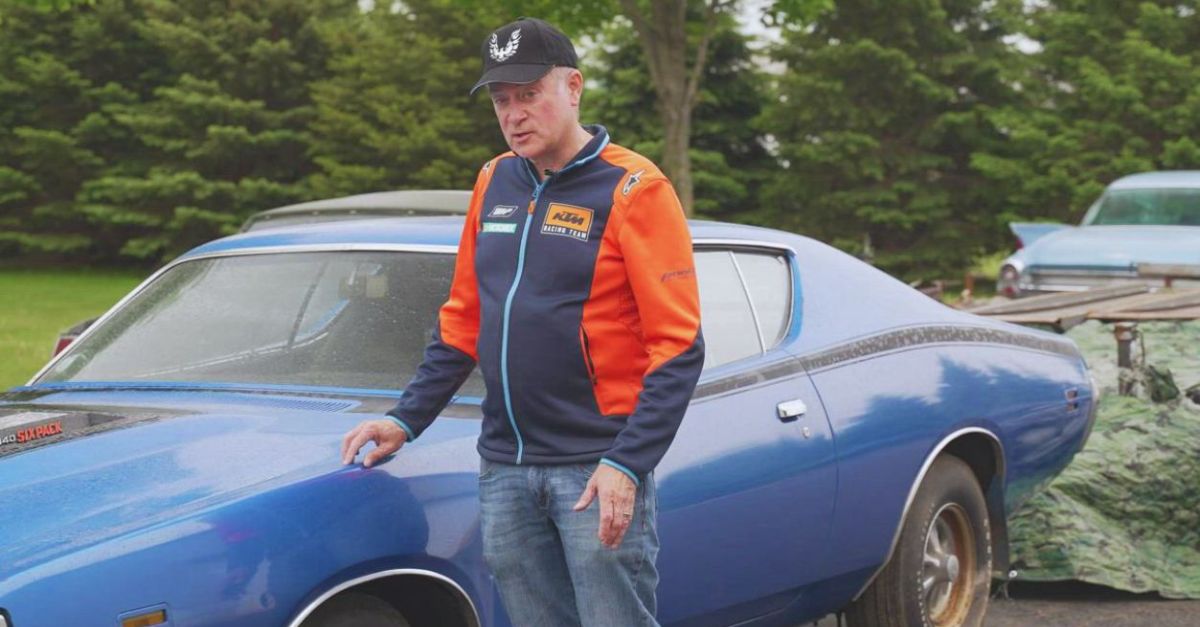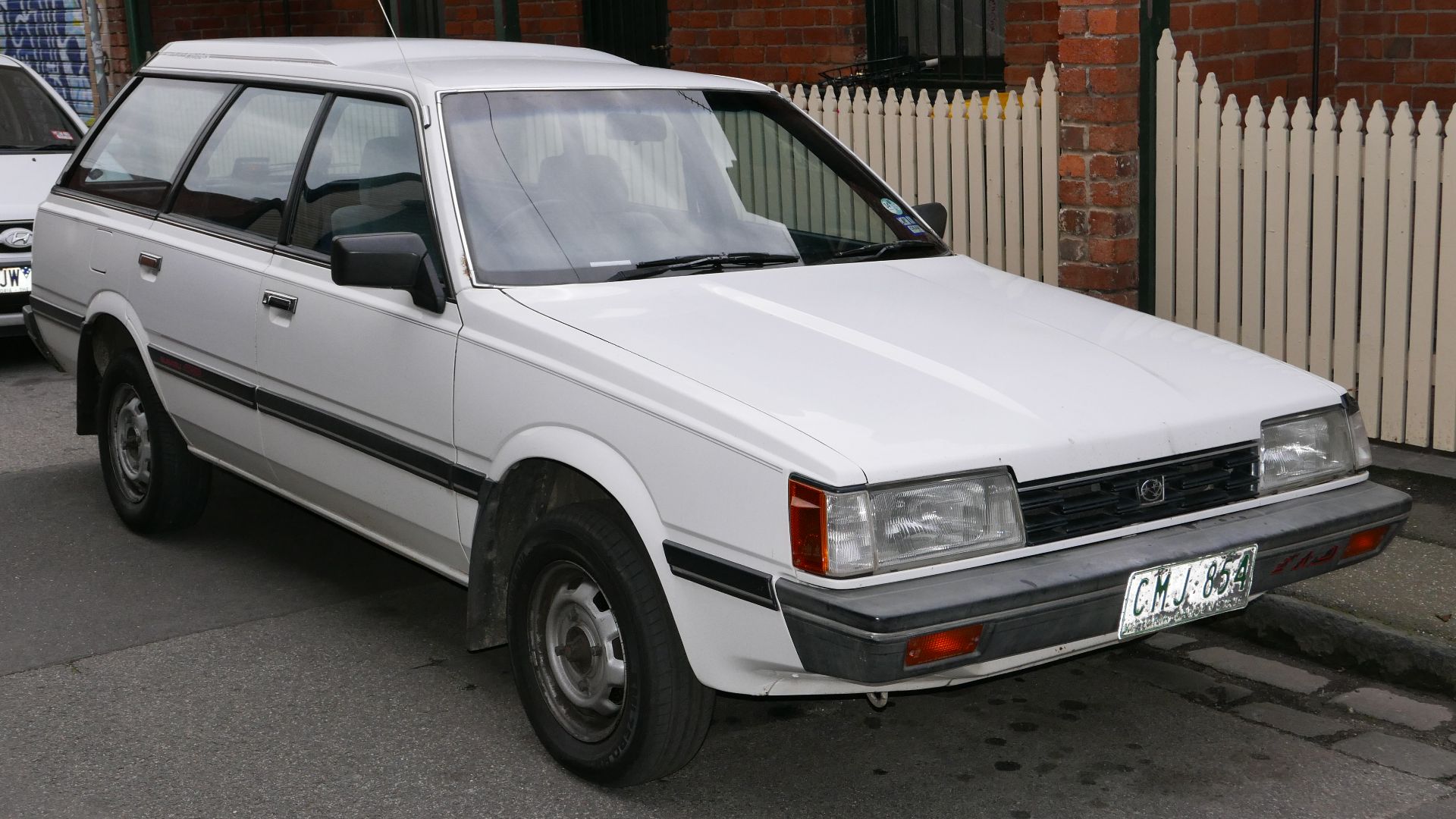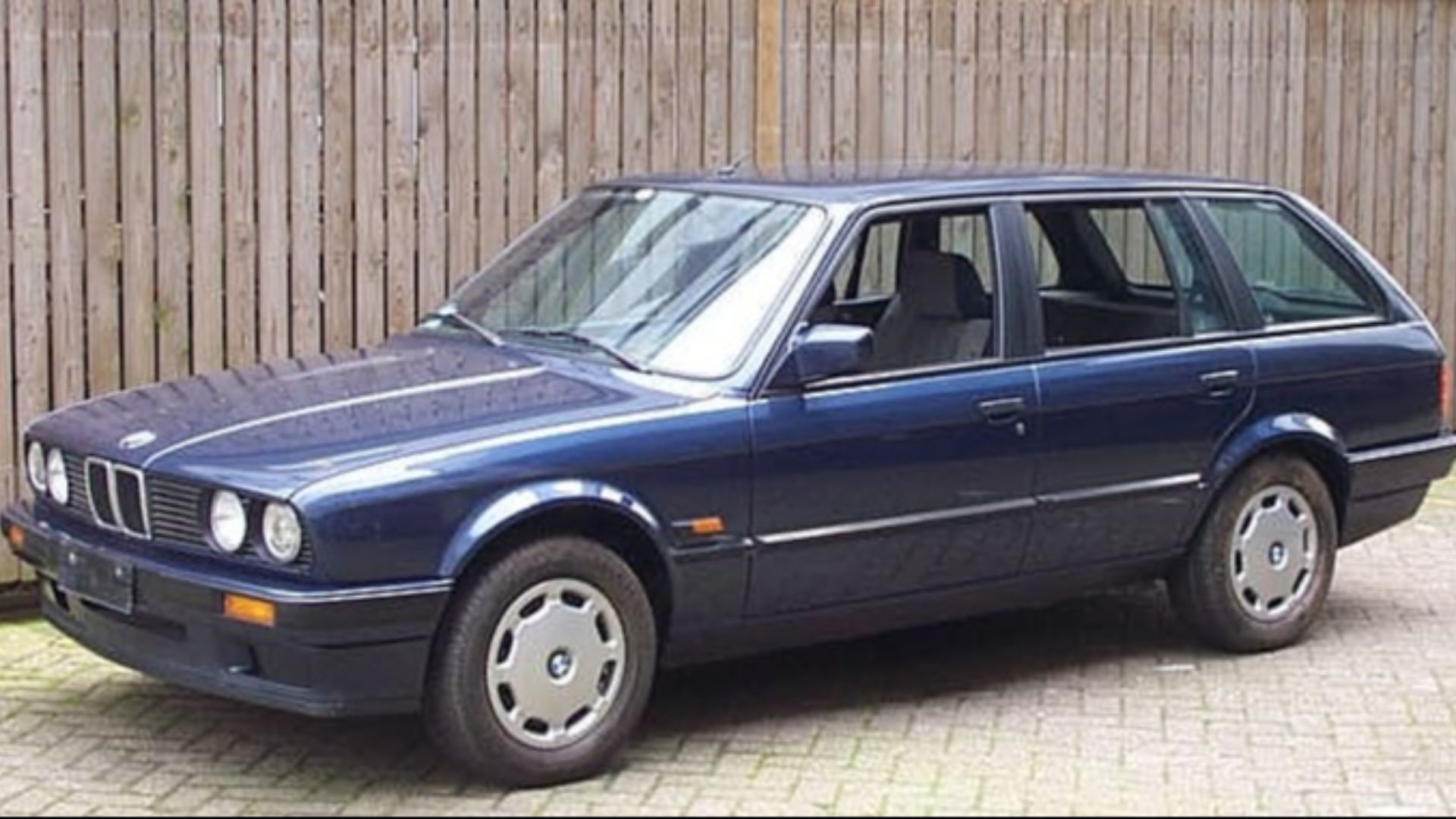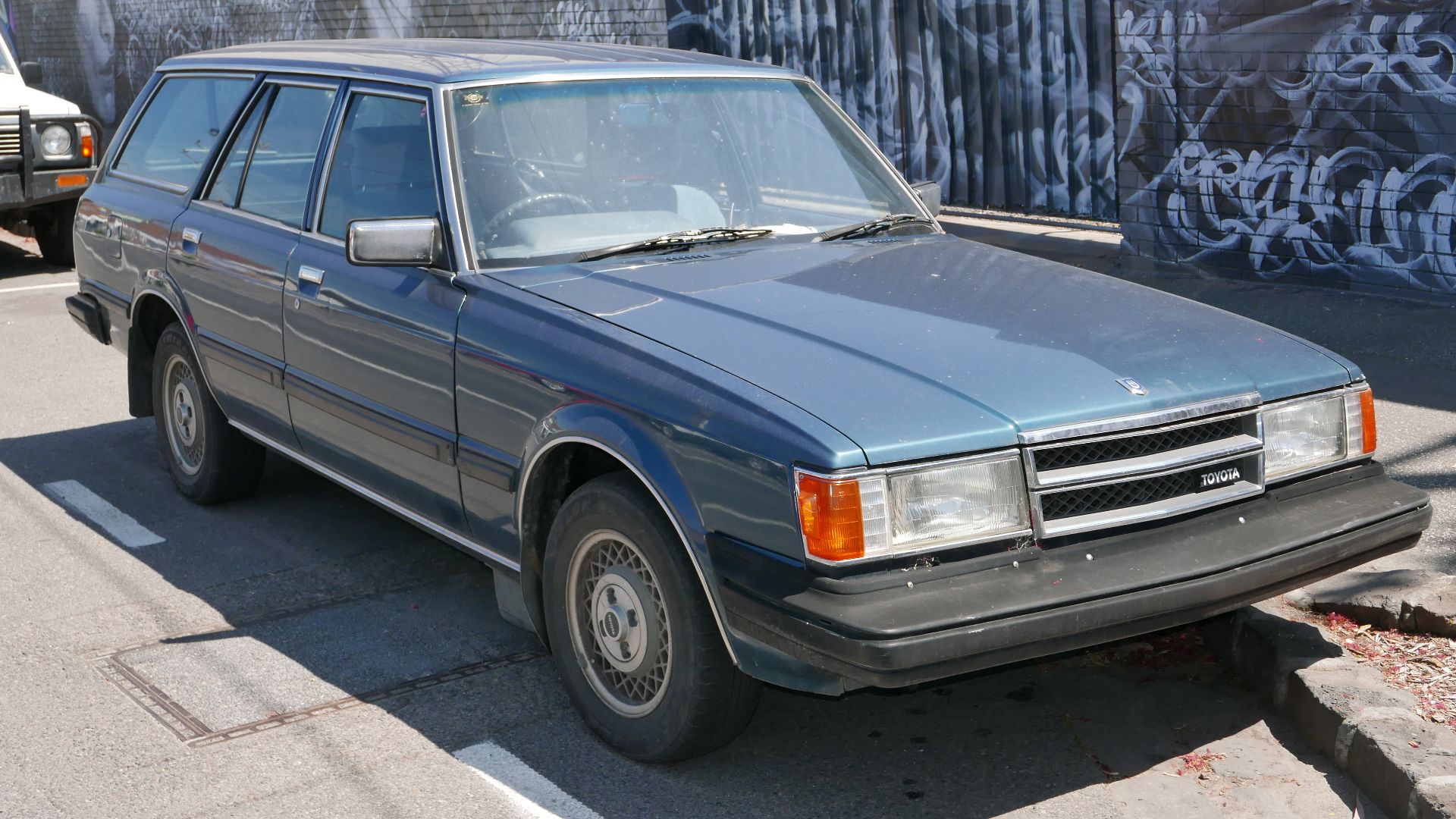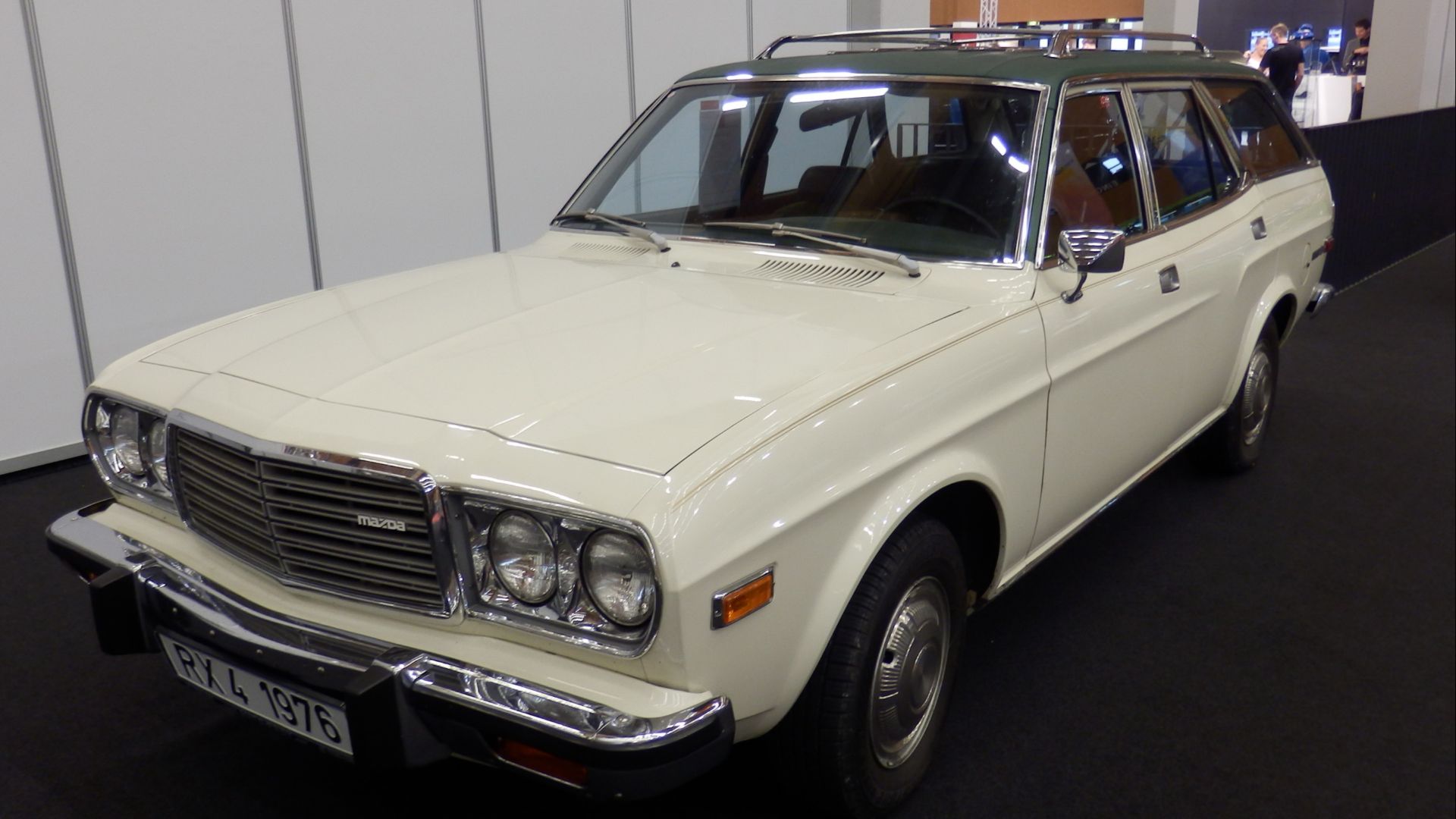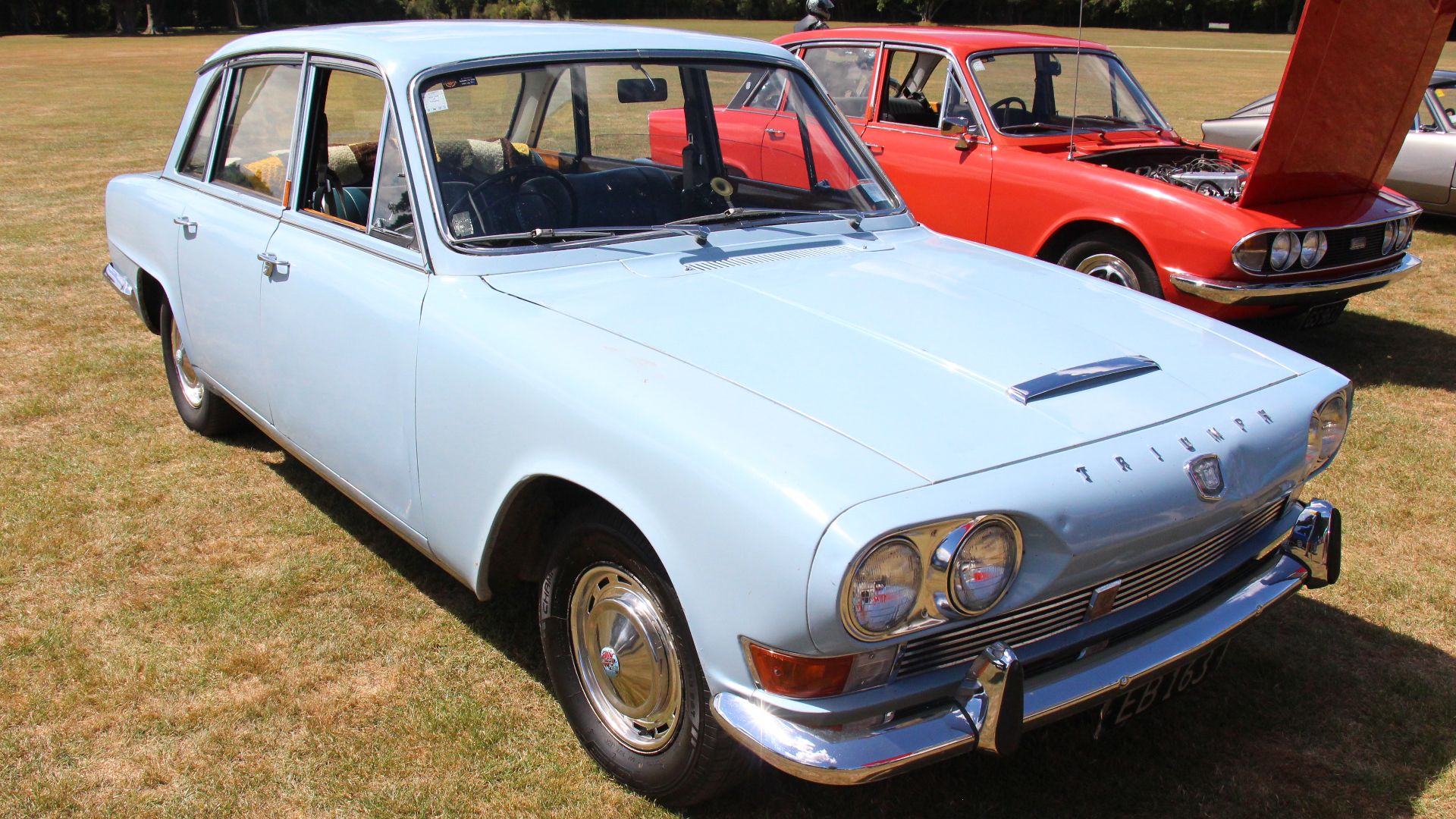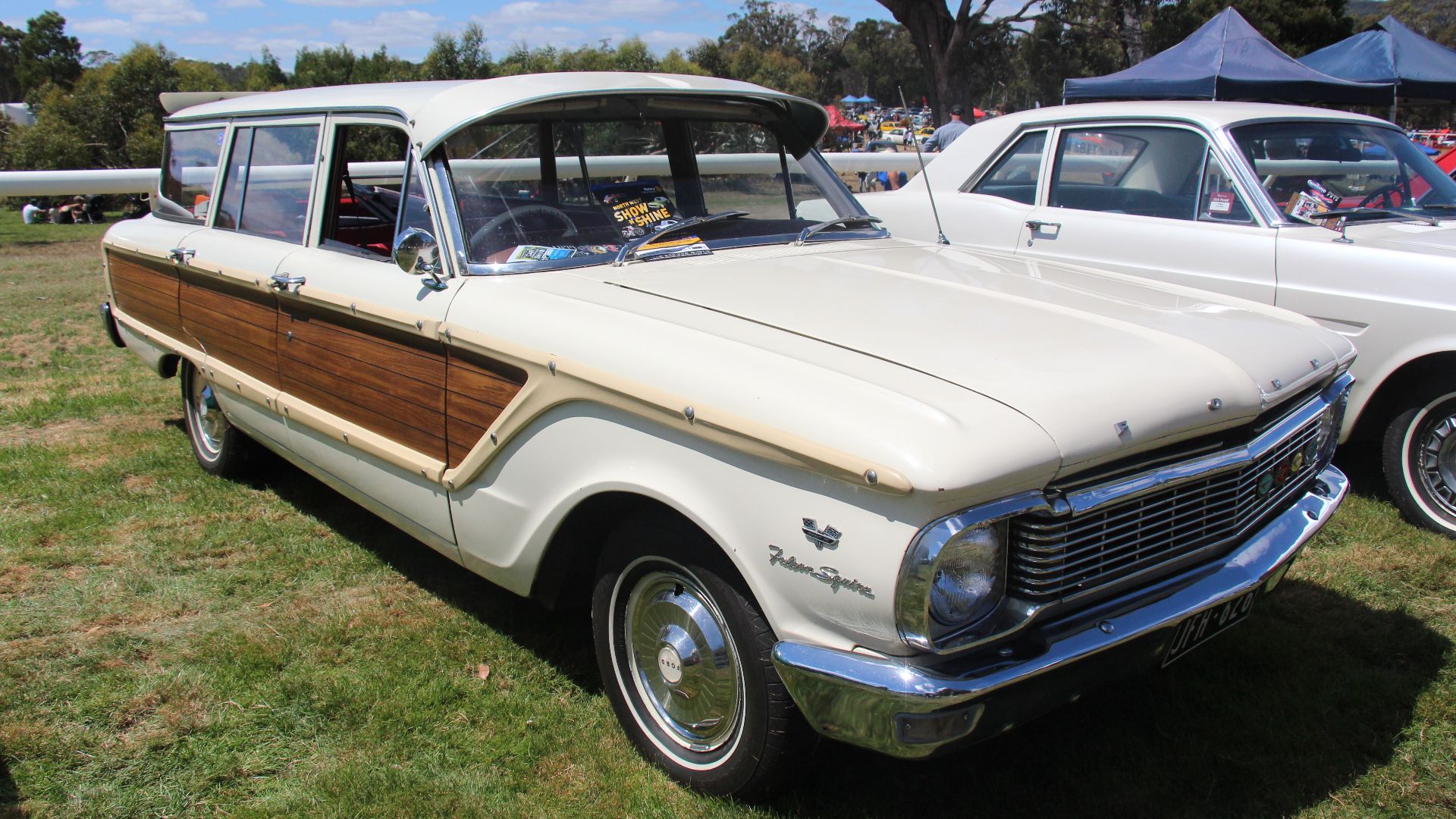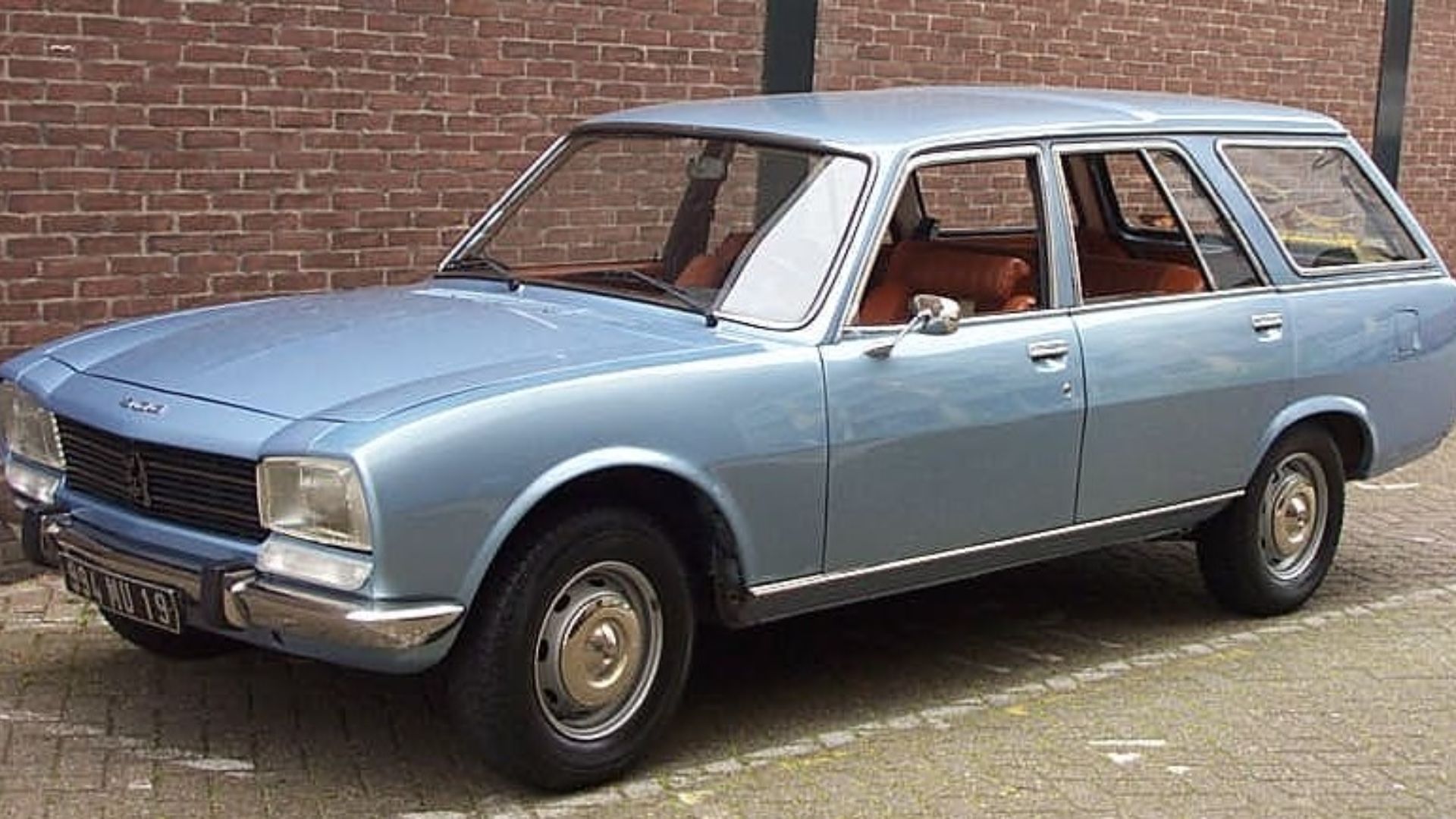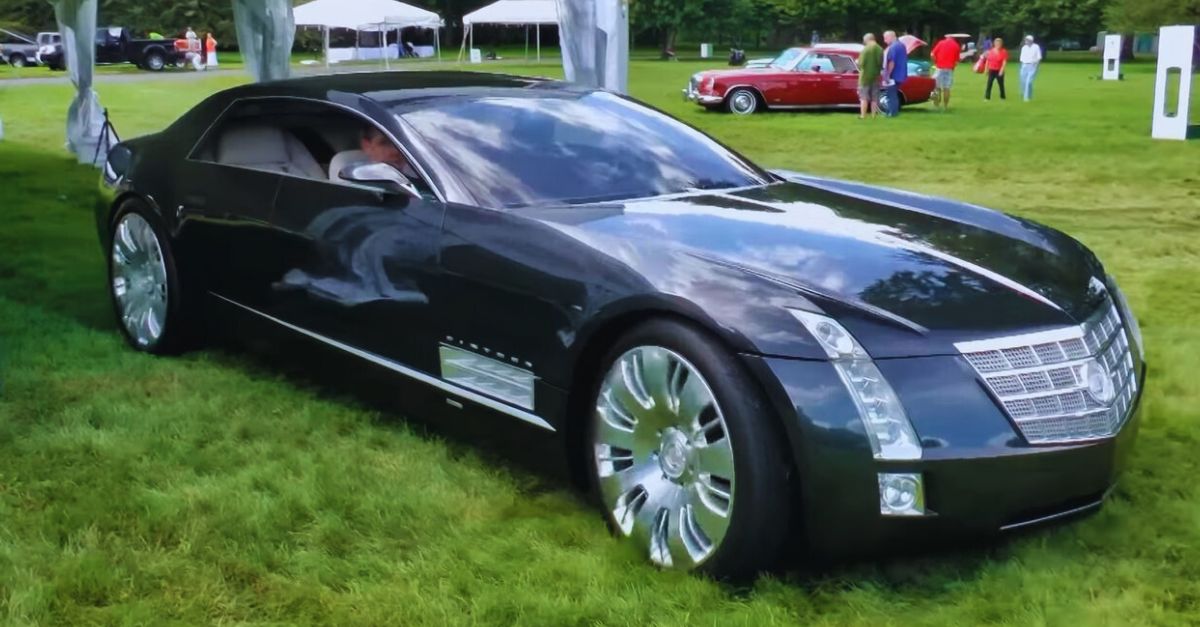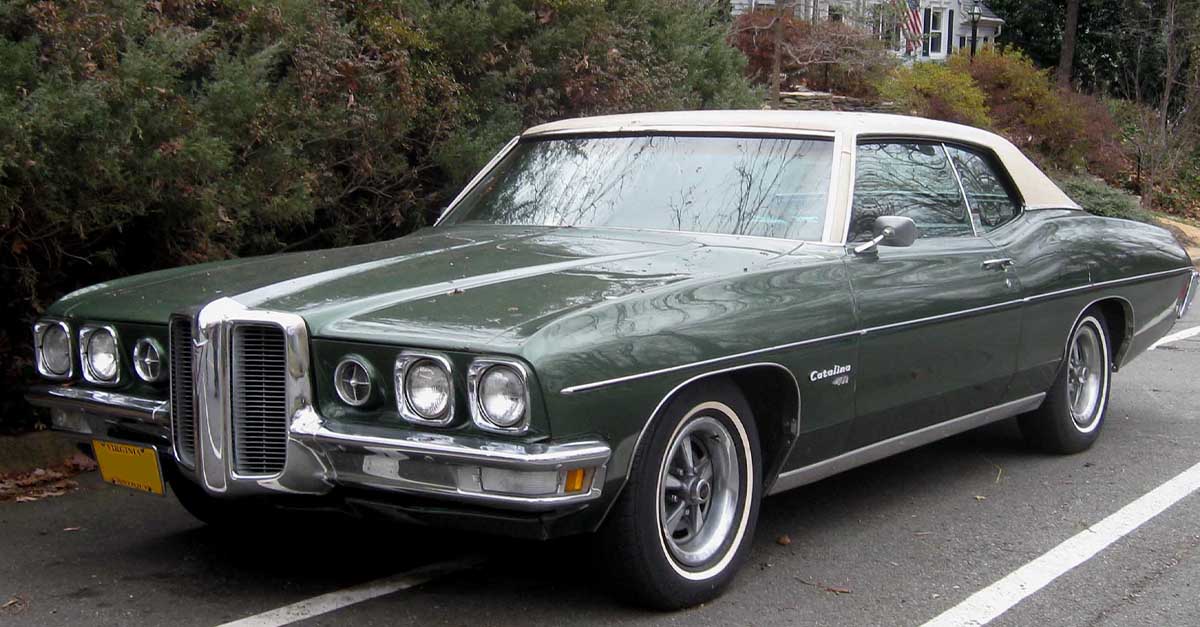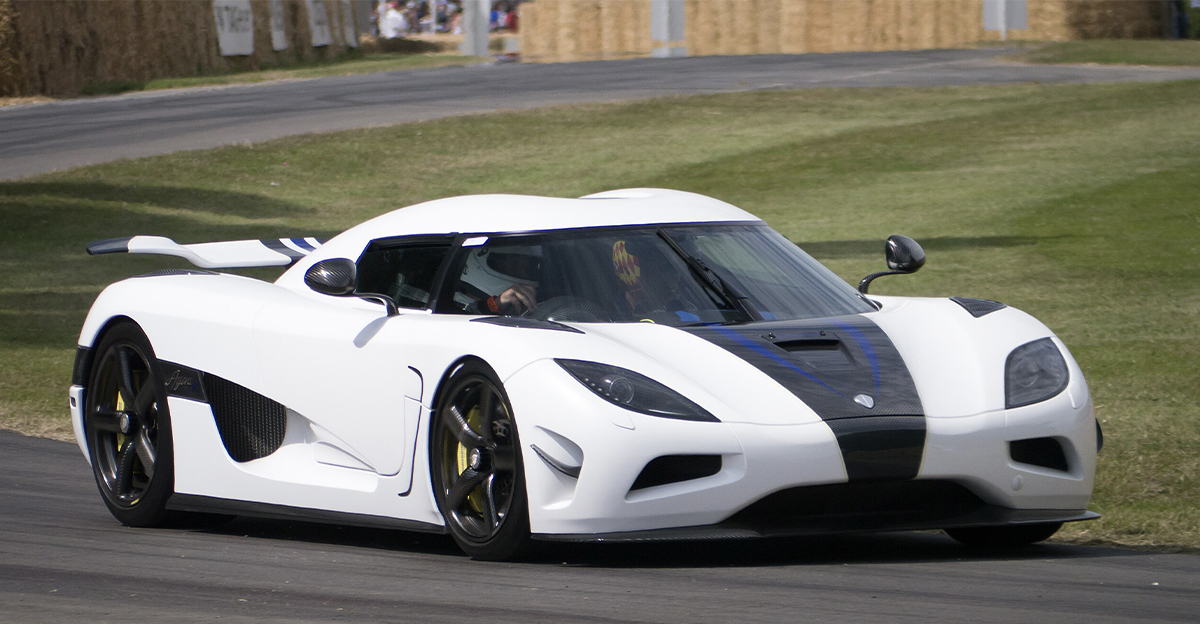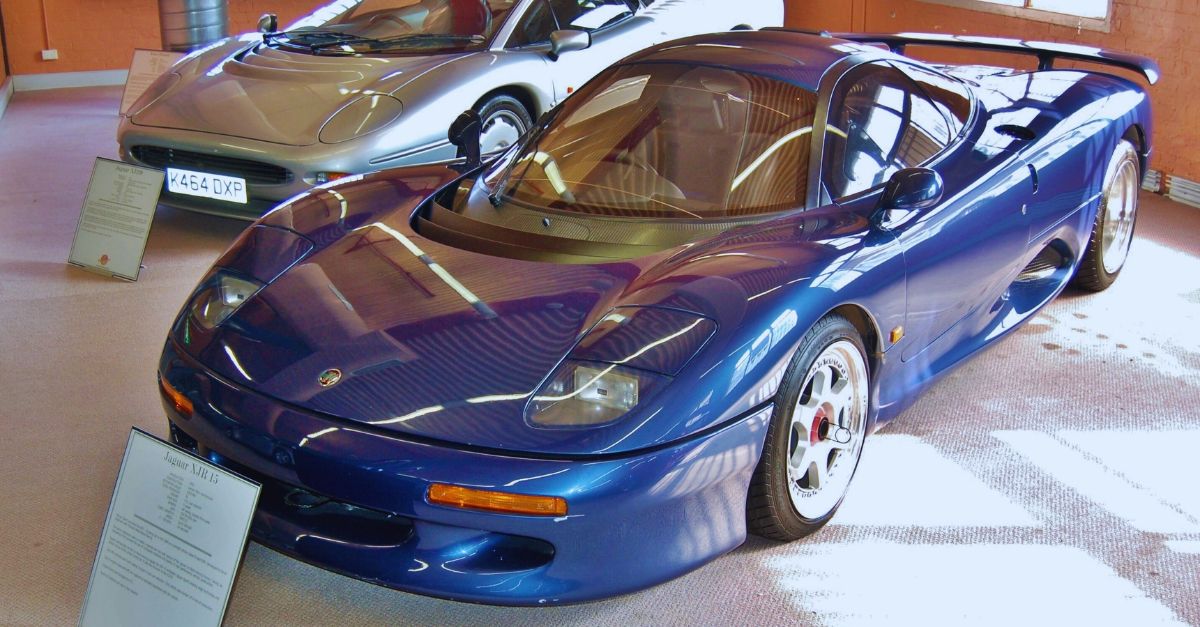Wagons That Defined American Roads
Across decades of automotive history, a select group of wagons quietly reshaped how families traveled and how enthusiasts saw practicality. They moved generations, but their significance goes beyond nostalgia.
Chevrolet Nomad (1955–1957)
The Chevrolet Nomad delivered a sporty style and utility, which made it a standout in GM’s Tri-Five era. With its sleek two-door design and Bel Air DNA, it remains one of the most collectible wagons ever built. Its scarcity and bold look helped define the American dream on wheels.
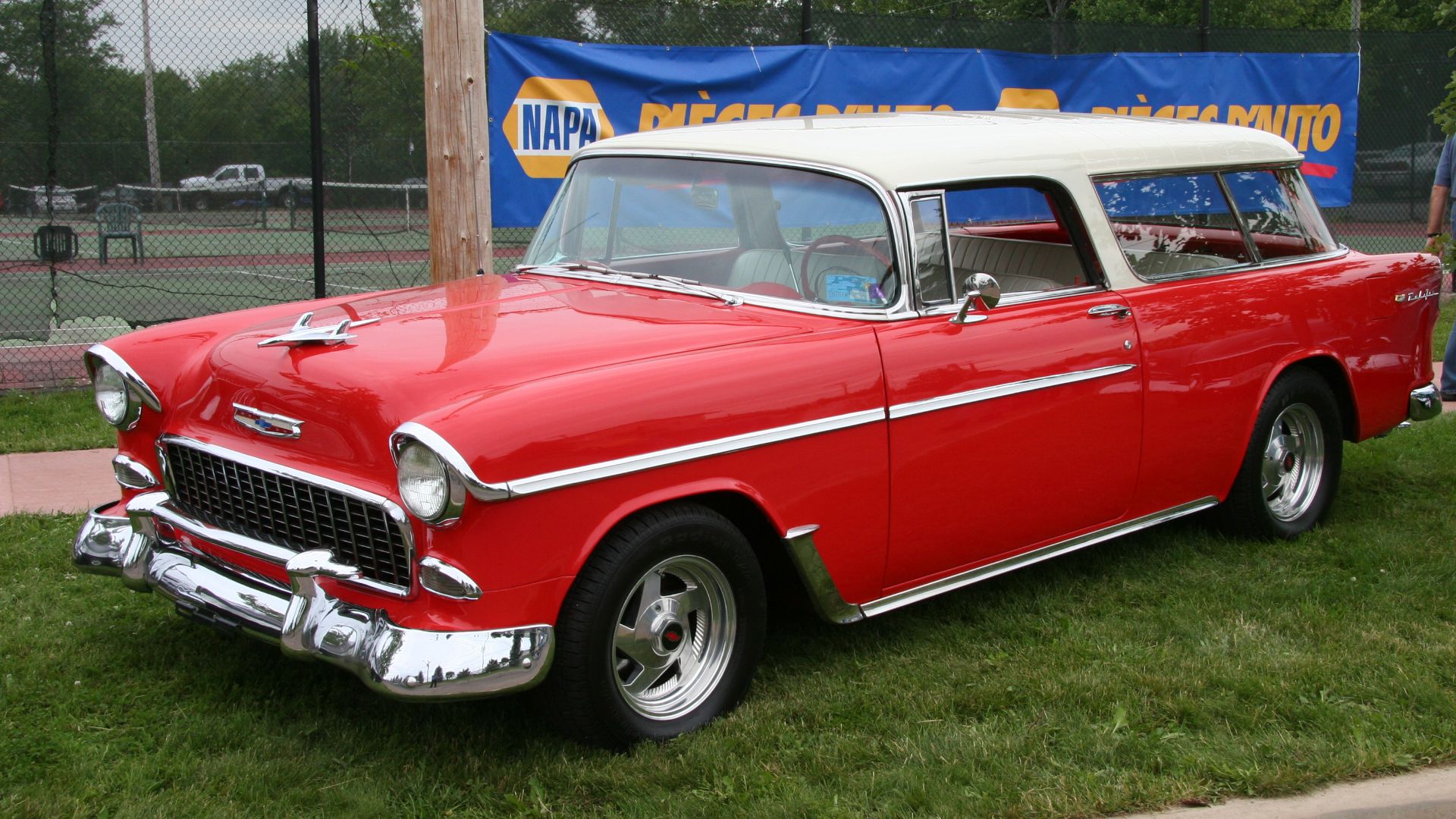 Michel Rathwell from Cornwall, Canada, Wikimedia Commons
Michel Rathwell from Cornwall, Canada, Wikimedia Commons
Ford Country Squire (1950–1991)
Spanning four decades, the Ford Country Squire served as America’s quintessential family hauler. Known for its simulated wood paneling and full-size comfort, it symbolized suburban prosperity. Practical yet luxurious, it came with V8 performance and eight-passenger seating, which made it a beloved staple for cross-country road trips and daily commutes.
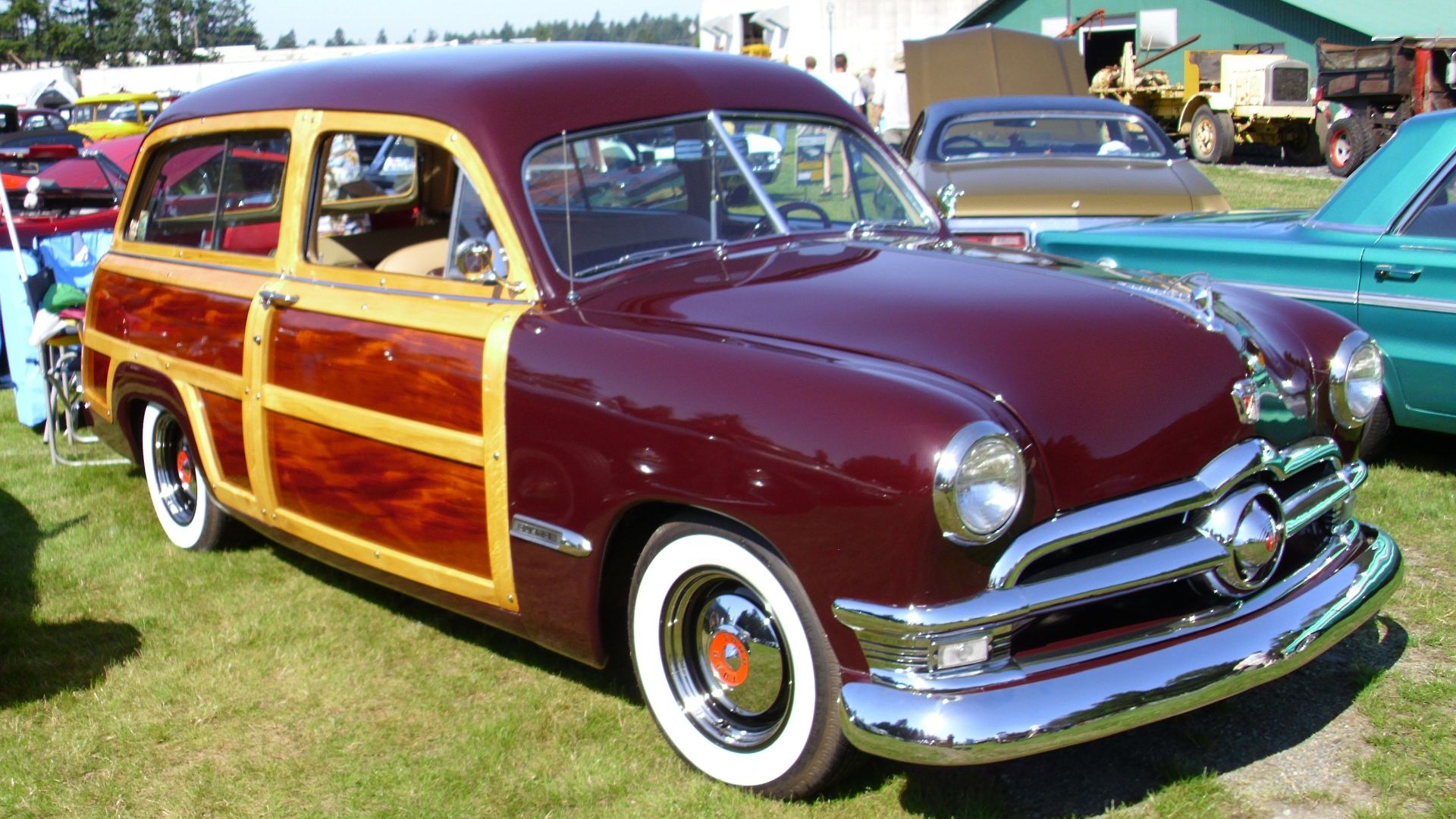 JOHN LLOYD from Concrete, Washington, United States, Wikimedia Commons
JOHN LLOYD from Concrete, Washington, United States, Wikimedia Commons
Pontiac Safari (1955–1957)
Pontiac’s Safari wagon improved mid-century travel with upscale appointments and eye-catching design. Sharing the Nomad’s body but adding Pontiac flair, it featured dual-stacked grilles and upscale interiors. Its limited production run and advanced styling cemented it as a rare gem in GM’s golden-age wagon portfolio.
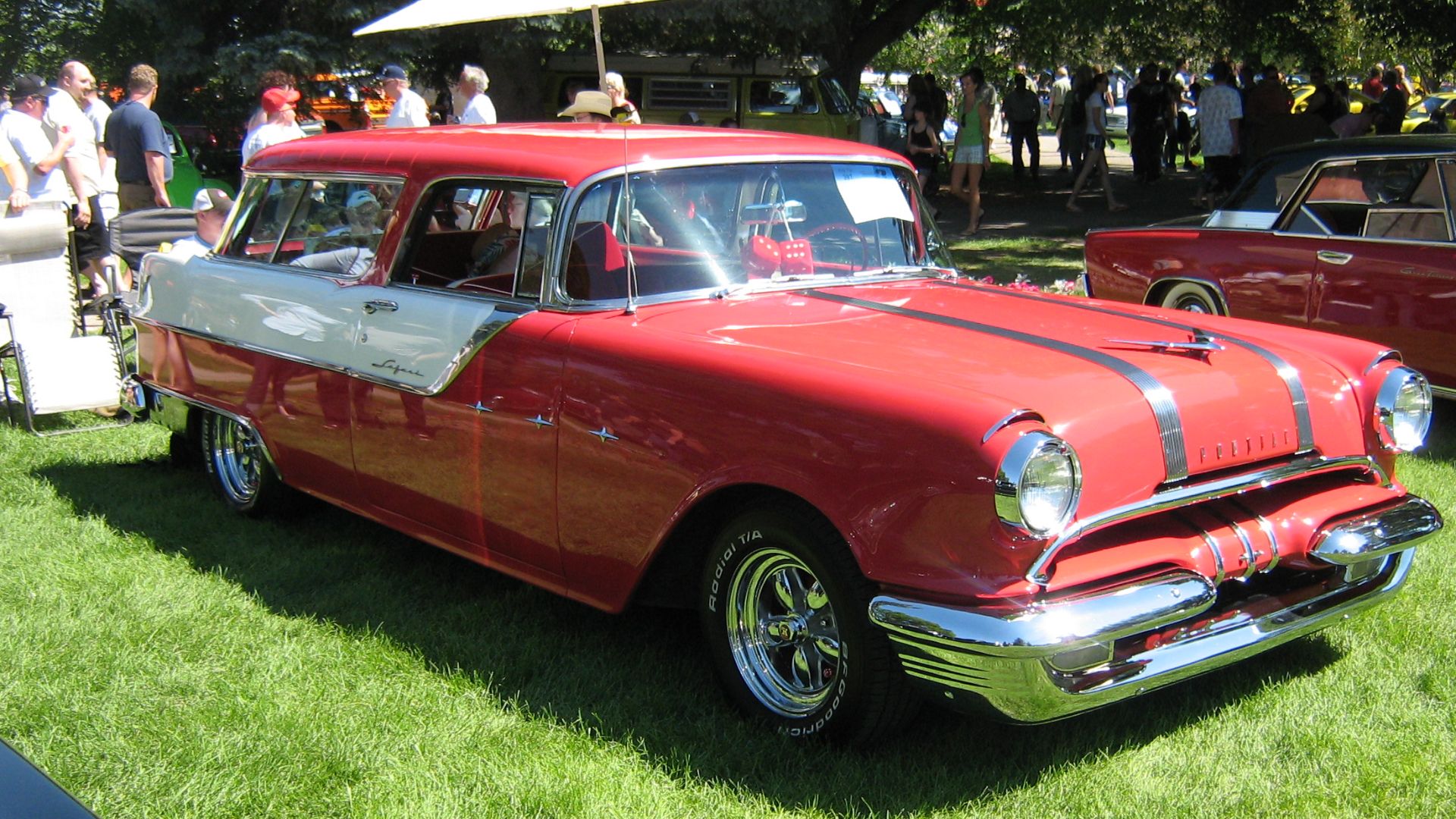 dave_7 from Lethbridge, Canada, Wikimedia Commons
dave_7 from Lethbridge, Canada, Wikimedia Commons
Oldsmobile Vista Cruiser (1964–1977)
Thanks to the elevated roofline and distinctive skylight panels, the Oldsmobile Vista Cruiser set itself apart with panoramic visibility. It catered to families seeking comfort and performance, often equipped with potent V8s. The blend of space-age design and practical function defined station wagon prestige during Detroit’s muscle car era.
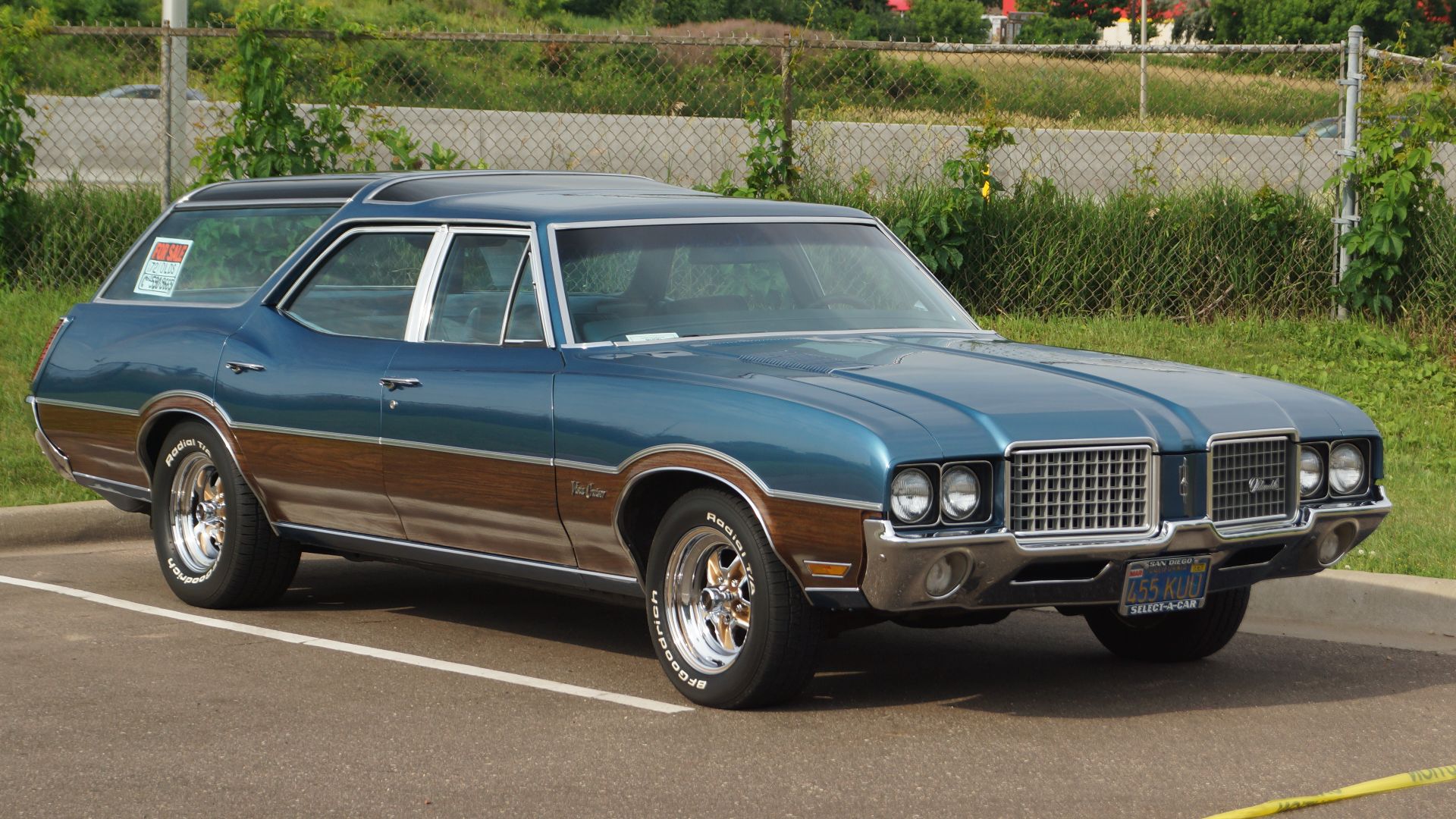 Greg Gjerdingen from Willmar, USA, Wikimedia Commons
Greg Gjerdingen from Willmar, USA, Wikimedia Commons
Buick Estate Wagon (1970–1996)
Buick’s Estate Wagon is a fusion of opulence and raw power. Positioned as GM’s luxury long-roof, it featured plush interiors and available 455-cubic-inch V8 engines. Its sheer scale and comfort made it a preferred choice for affluent families desiring smooth highway cruising and unmatched spaciousness.
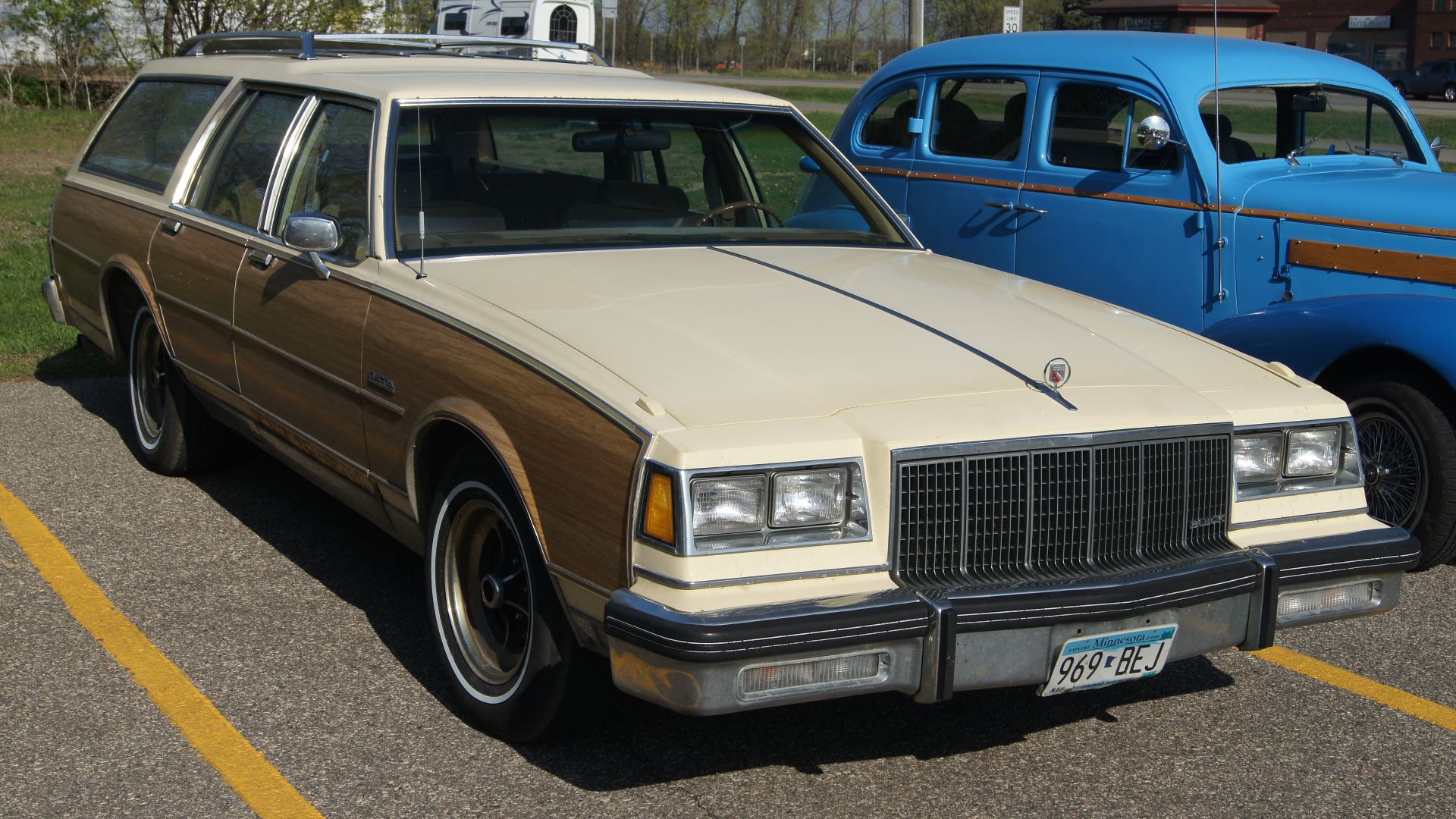 Greg Gjerdingen from Willmar, USA, Wikimedia Commons
Greg Gjerdingen from Willmar, USA, Wikimedia Commons
AMC Eagle Wagon (1980–1988)
Breaking new ground in automotive design, AMC’s Eagle Wagon introduced all-wheel-drive capability to the traditional family car. Combining unibody comfort with high ground clearance and rugged mechanics, it provided dependable year-round performance. Its pioneering concept helped shape the crossover SUV segment long before it became a staple of the American market.
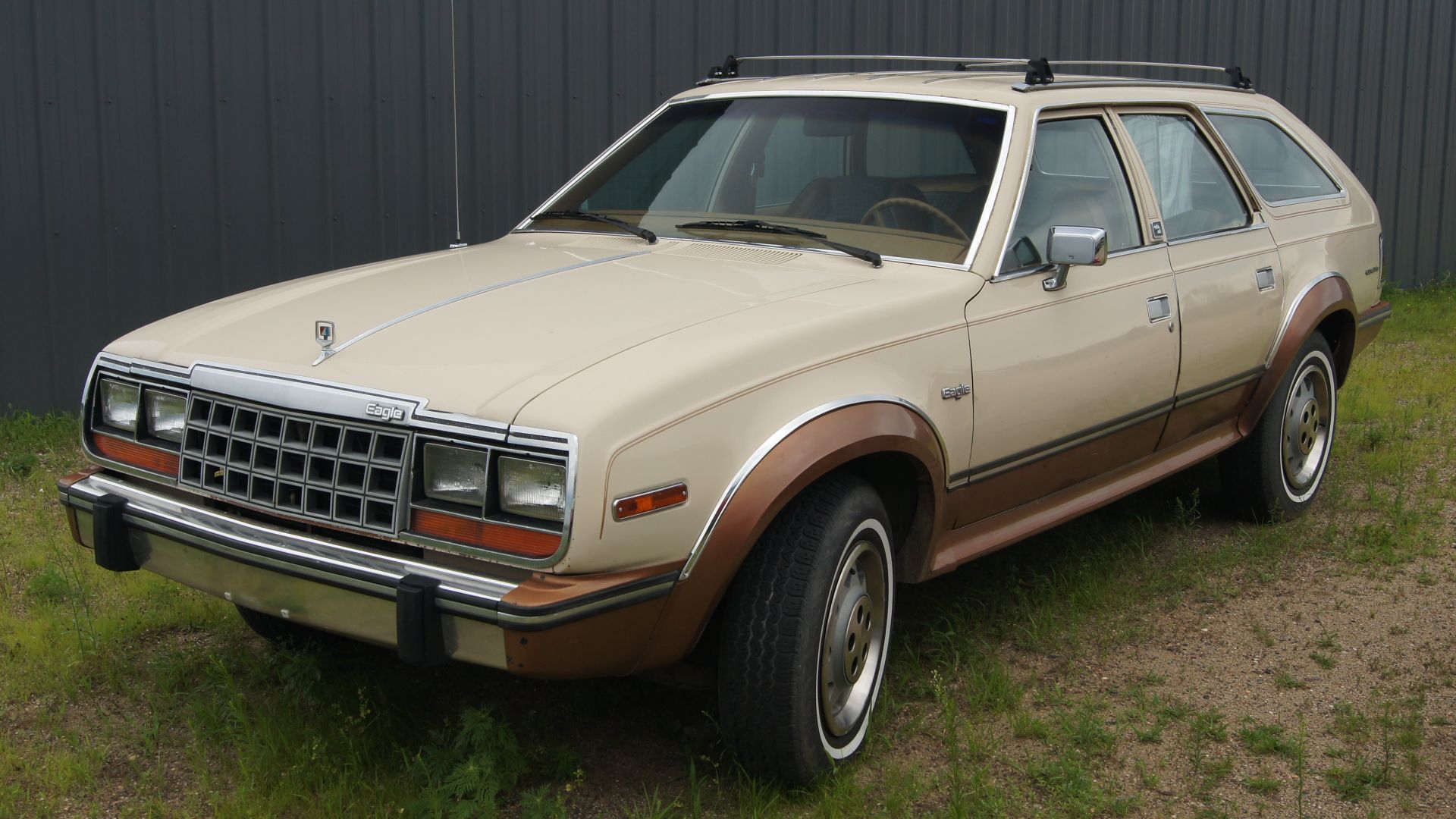 Greg Gjerdingen from Willmar, USA, Wikimedia Commons
Greg Gjerdingen from Willmar, USA, Wikimedia Commons
Volvo 240 Wagon (1975–1993)
Endurance defined the Volvo 240 Wagon, a model revered for its exceptional reliability and crash safety. Its boxy silhouette became an icon of functionality, while rear-wheel-drive dynamics and simple mechanics appealed to owners seeking longevity. Many examples remain on the road today, proof of its timeless utility and engineering integrity.
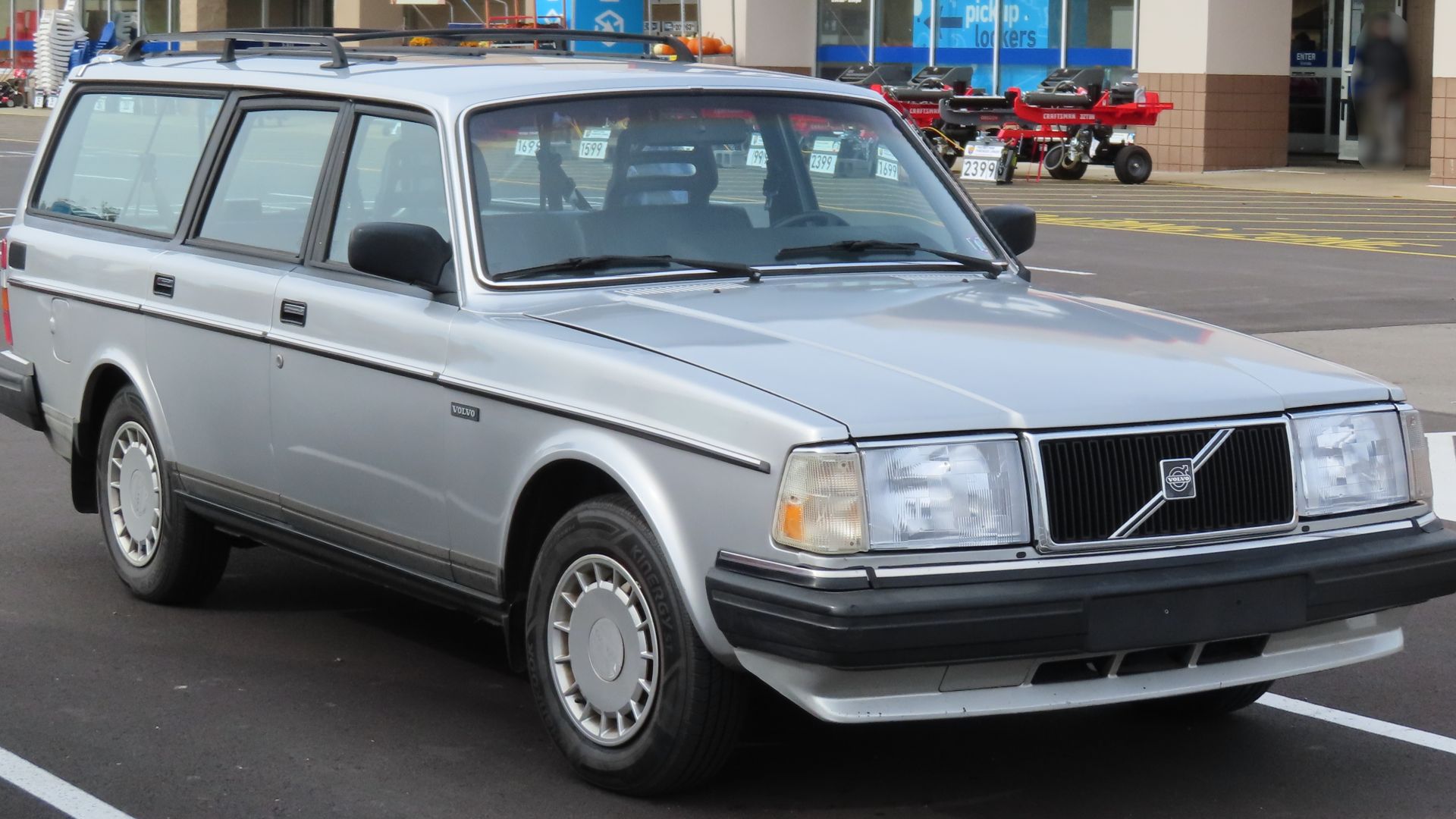 MercurySable99, Wikimedia Commons
MercurySable99, Wikimedia Commons
Dodge Coronet Wagon (1950s–1970s)
Power and practicality converged in the Dodge Coronet Wagon, a staple of mid-century suburbia that evolved with the times. Muscle-era editions came with V8 options like the 440 Magnum and delivered surprising performance. Its adaptable design served everything from family errands to high-speed expressway travel with equal confidence and capability.
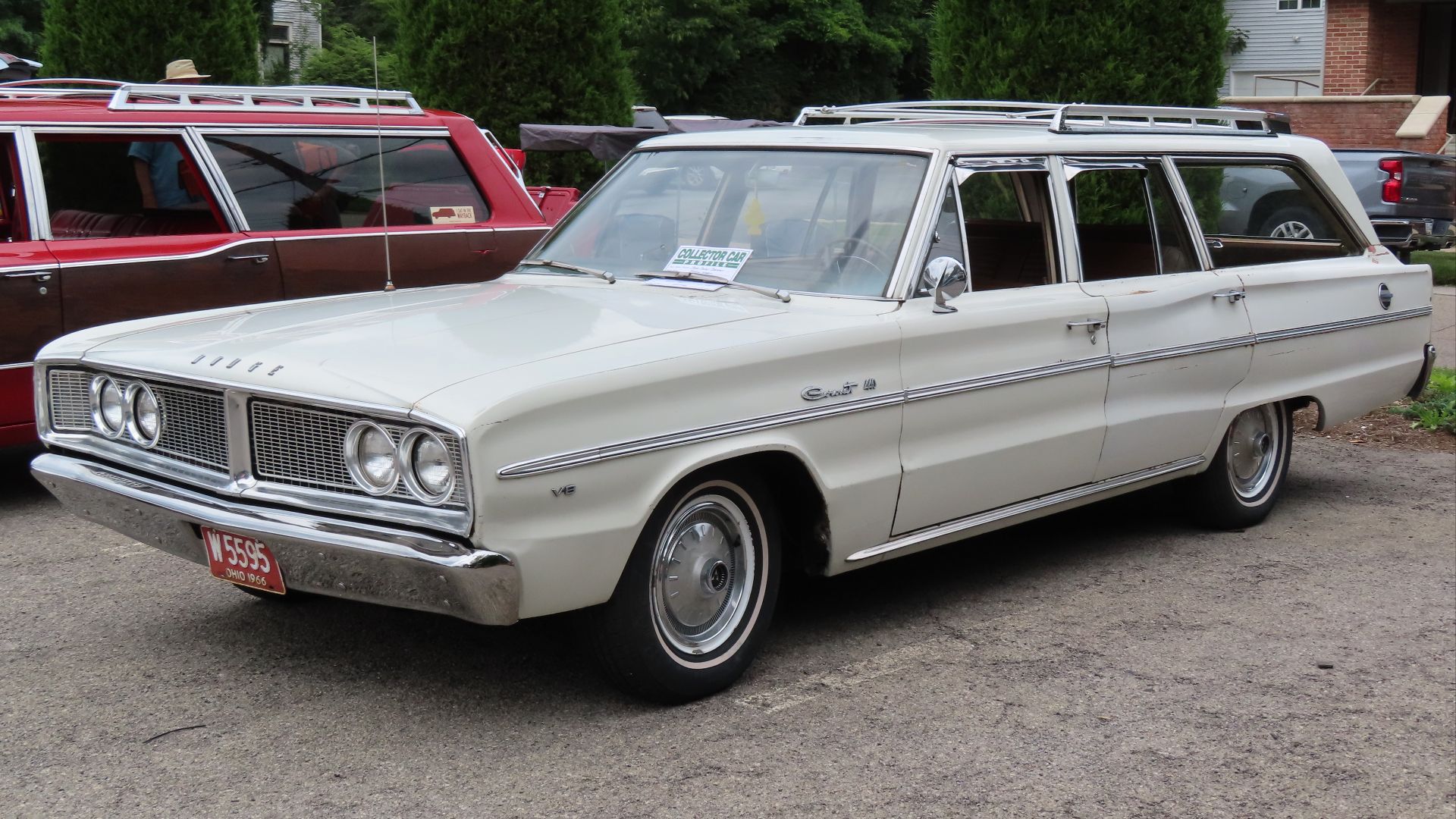 MercurySable99, Wikimedia Commons
MercurySable99, Wikimedia Commons
Chrysler Town & Country Wagon (1940s–1970s)
Originally crafted with real wood and fine details, Chrysler’s Town & Country was a representation of prewar luxury in a wagon form. Over the decades, it transitioned into a modern cruiser with generous interior space and V8 refinement. This long-running nameplate captured America’s changing lifestyle with a mix of sophistication and everyday practicality in one package.
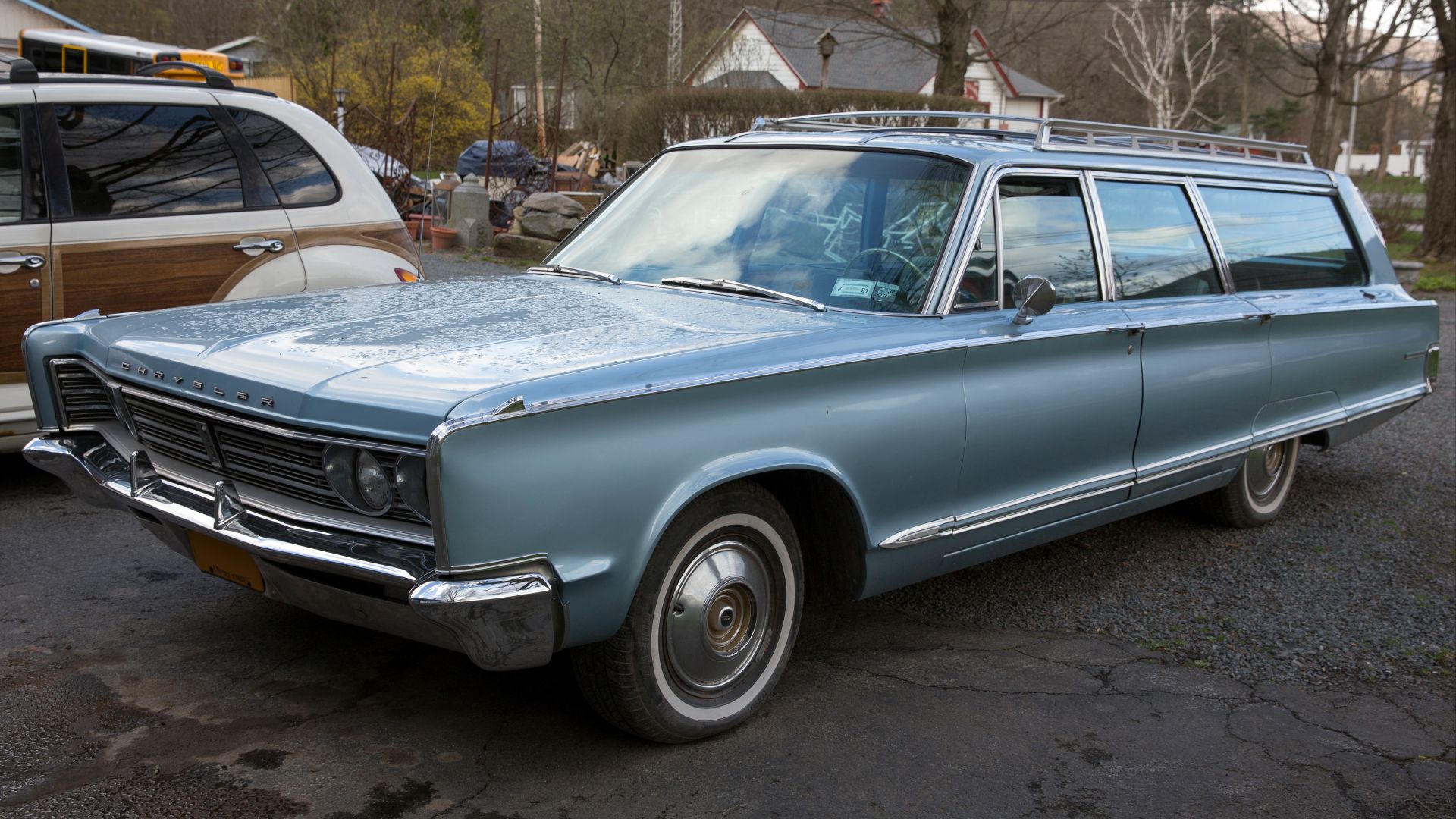 Mr.choppers, Wikimedia Commons
Mr.choppers, Wikimedia Commons
Chevrolet Caprice Estate (1970s–1990s)
Few wagons carried as much presence as the Chevrolet Caprice Estate, known for its immense proportions and relaxed driving manners. Capable of transporting up to nine passengers, it excelled on long-distance routes. With a smooth V8 and plush ride quality, it became a favorite among families prioritizing comfort and capacity.
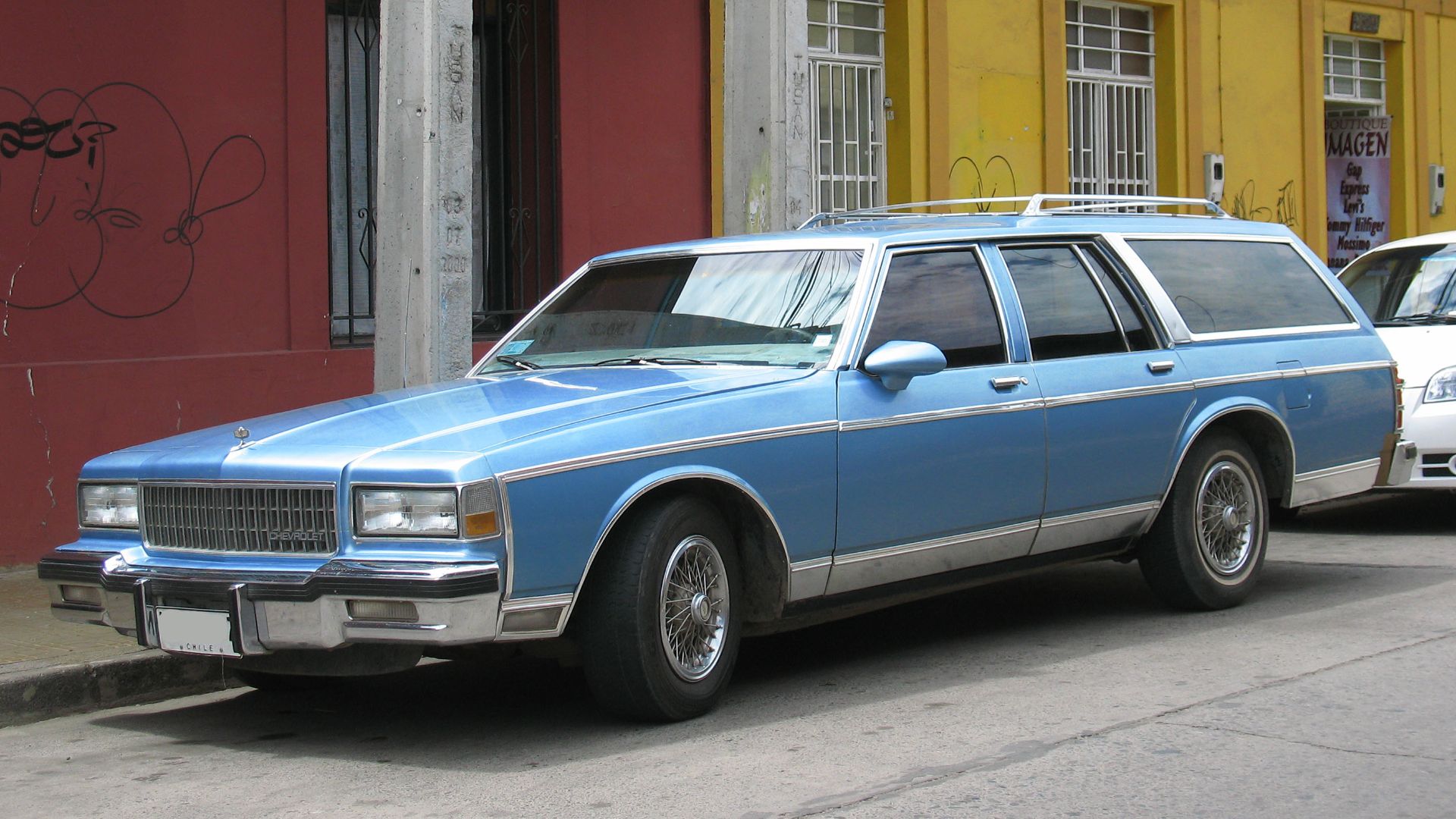 order_242 from Chile, Wikimedia Commons
order_242 from Chile, Wikimedia Commons
Mercury Colony Park (1957–1991)
Elegance met utility in the Mercury Colony Park, which offered woodgrain styling and premium touches over a full-size platform. Hidden headlights and chrome accents enhanced its upscale appeal. Whether cruising through town or vacationing across states, it opened doors to a refined yet roomy experience tailored for discerning American households.
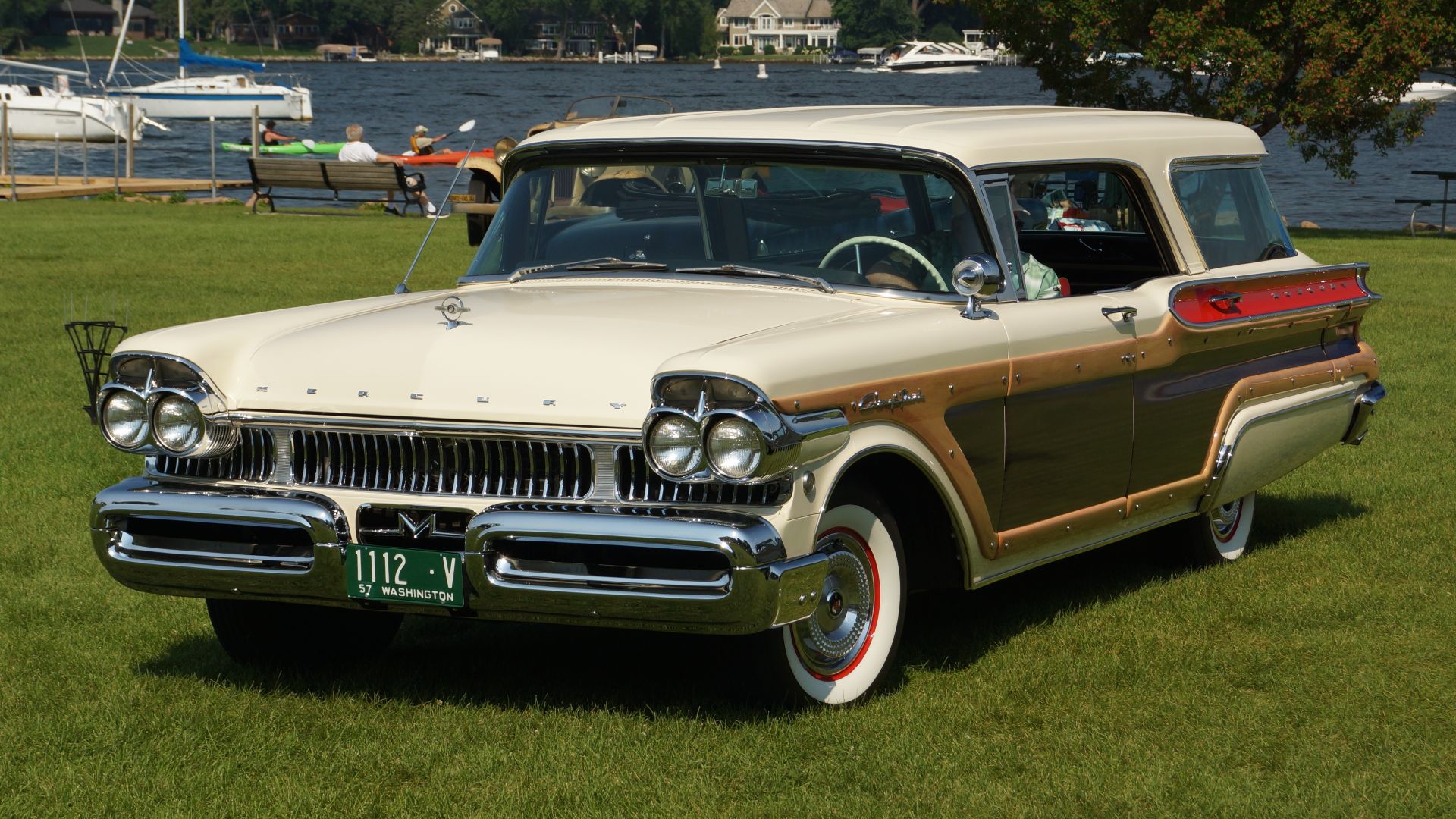 Greg Gjerdingen, Wikimedia Commons
Greg Gjerdingen, Wikimedia Commons
Volvo 740/760 Wagon (1980s–1990s)
Expanded capabilities marked Volvo’s 740 and 760 wagons. Turbocharged variants added power without sacrificing cargo room or dependability. The squared-off design continued Volvo’s signature aesthetic, while upgraded interiors and mechanical sturdiness appealed to professionals and families. They bridged the gap between workhorse practicality and executive-level comfort.
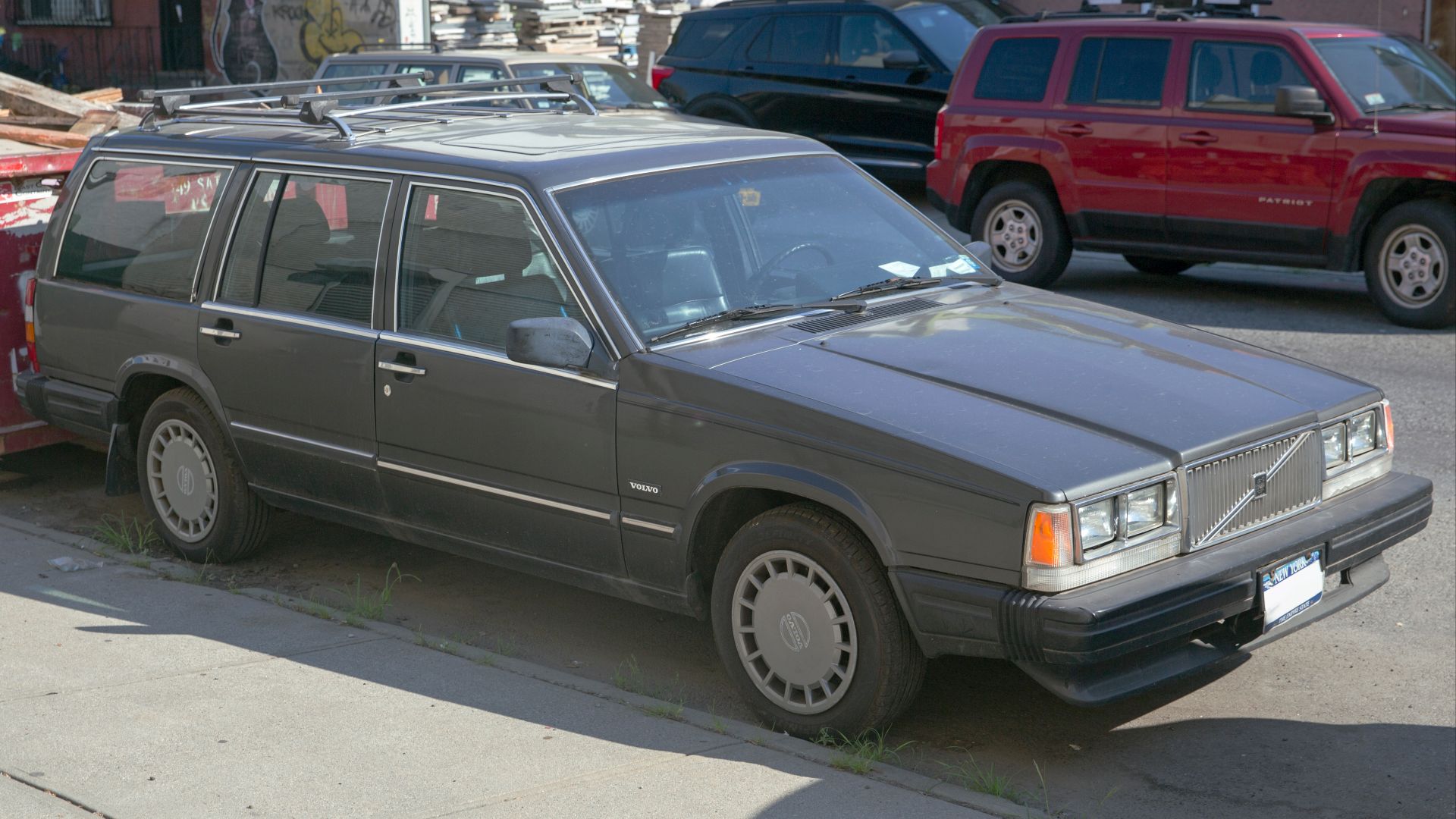 Mr.choppers, Wikimedia Commons
Mr.choppers, Wikimedia Commons
Volvo P1800ES (1972–1973)
Uniquely styled with a frameless glass tailgate and coupe-like silhouette, the Volvo P1800ES offered sportiness and storage. Limited to just two model years, it built on the P1800's heritage with shooting-brake flair. Today, it’s highly collectible and admired for its bold, elegant Scandinavian design statement.
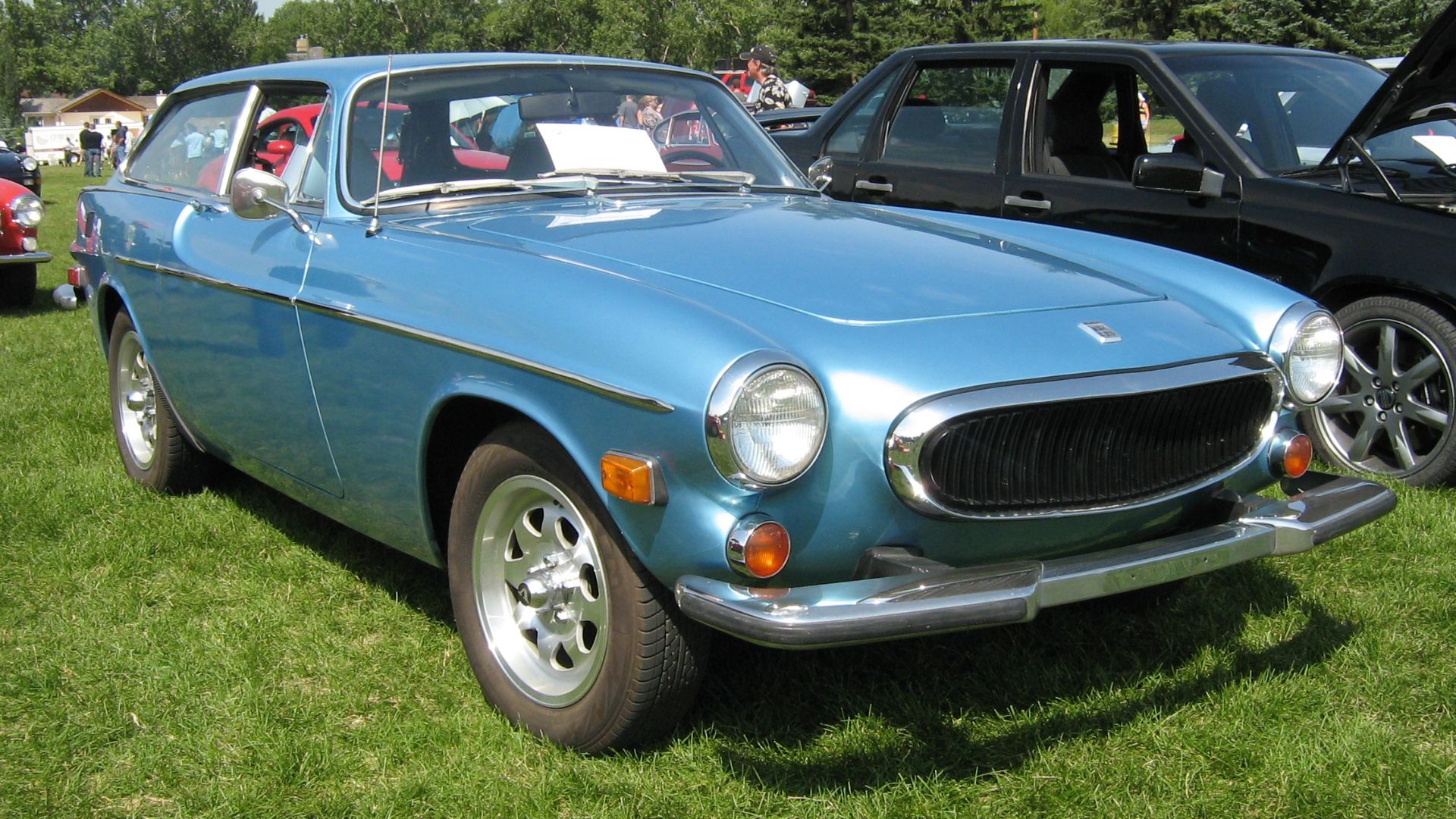 dave_7 from Lethbridge, Canada, Wikimedia Commons
dave_7 from Lethbridge, Canada, Wikimedia Commons
Subaru GL/DL Wagon (1970s–1980s)
Subaru’s GL and DL wagons carved out a niche among outdoor enthusiasts and rural drivers. Full-time four-wheel drive and excellent fuel economy defined their appeal. Rugged yet practical, these wagons established Subaru’s reputation for durability and weather-conquering confidence in snowbelt states and mountainous regions.
Mercedes-Benz W123 T-Series Wagon (1978–1985)
Known for bulletproof engineering and overbuilt mechanicals, the Mercedes-Benz W123 wagon became a benchmark for durability. Diesel variants earned global acclaim for their longevity, with many exceeding 500,000 miles. High-quality materials and smooth ride quality made it a premium choice for families who valued performance and prestige.
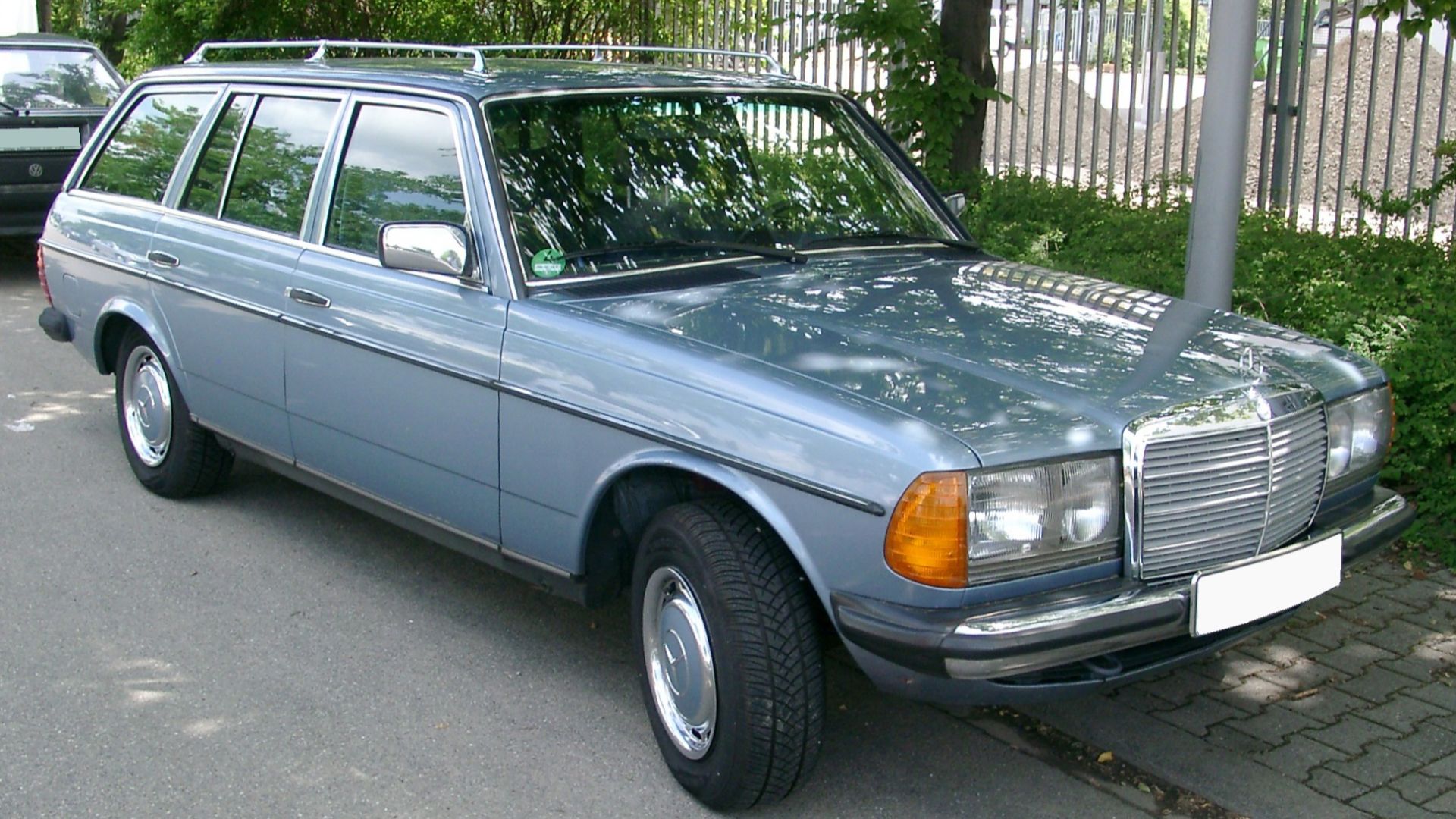 Rudolf Stricker, Wikimedia Commons
Rudolf Stricker, Wikimedia Commons
BMW E30 Touring (1987–1993)
Compact dimensions and spirited handling set the BMW E30 Touring apart. As the first factory wagon produced by BMW, it combined the brand’s driving dynamics with added practicality. While rare in the US, it enjoys cult status among enthusiasts worldwide for its balance of sharp cornering and day-to-day usability.
Audi 100 Avant (1980s)
Aerodynamic engineering took center stage with the Audi 100 Avant, showcasing sleek lines and technological ambition. Its advanced C3 chassis offered low drag and progressive features like galvanized panels. With spacious interiors and Audi’s attention to structural integrity, the Avant delivered modern design cues and long-distance touring comfort.
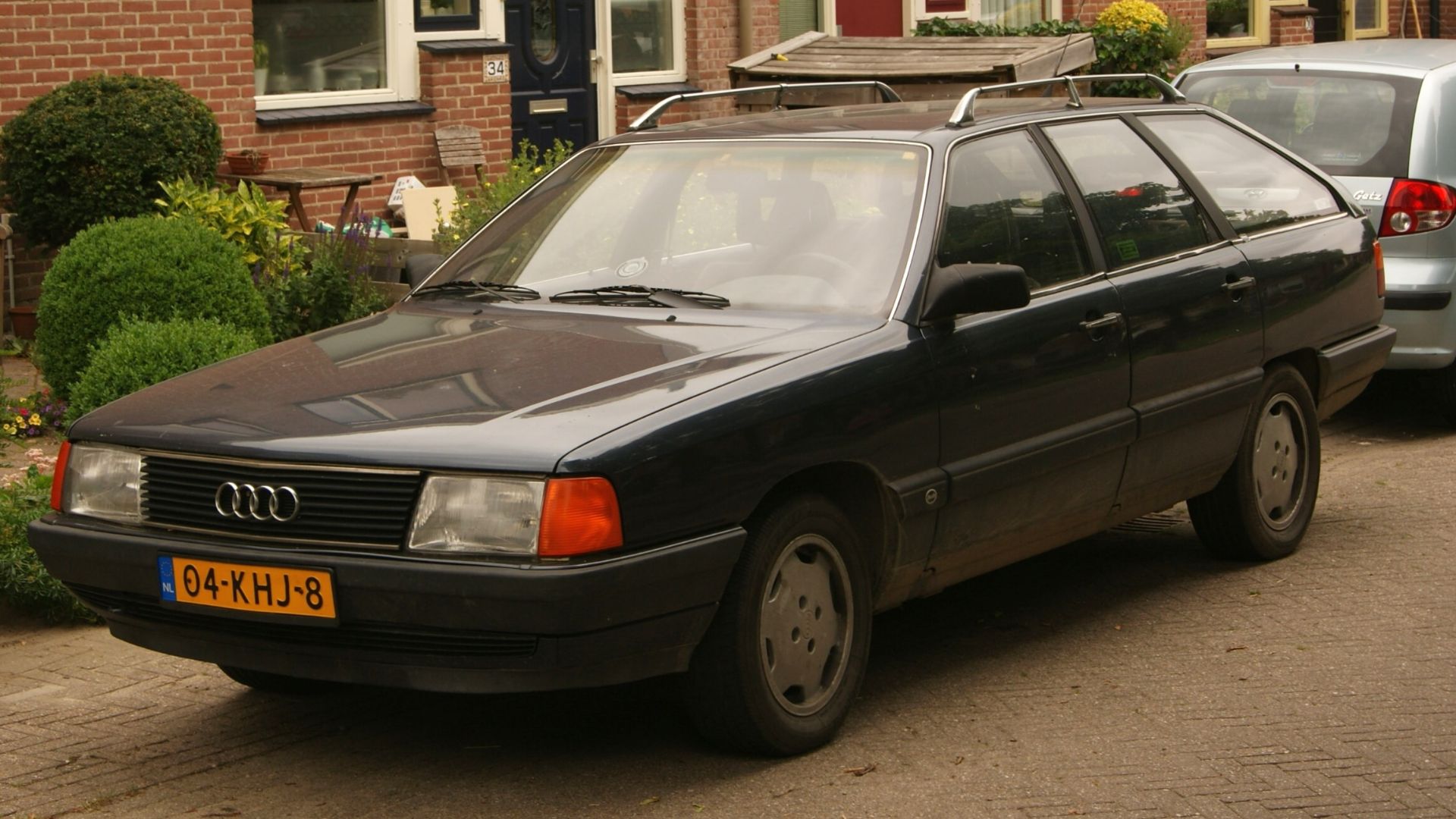 Niels de Wit from Lunteren, The Netherlands, Wikimedia Commons
Niels de Wit from Lunteren, The Netherlands, Wikimedia Commons
Volkswagen Type 3 Squareback (1961–1973)
Compact yet remarkably versatile, the Volkswagen Type 3 Squareback introduced practical storage in a rear-engine format. Dual luggage compartments and fuel injection in later models brought innovation to the affordable family car segment. Its quirky design and simplicity made it a hit among urban dwellers and collectors.
 Jeremy from Sydney, Australia, Wikimedia Commons
Jeremy from Sydney, Australia, Wikimedia Commons
Toyota Cressida Wagon (1980s)
The Toyota Cressida Wagon was positioned as Toyota’s flagship before Lexus emerged. With its smooth inline-six engine and rear-wheel drive configuration, it delivered surprising refinement. Loaded with advanced features for its time, it appealed to buyers who sought upscale comfort without sacrificing long-term dependability.
Mazda RX-4 Wagon (1970s)
Rotary power gave the Mazda RX-4 Wagon a distinct identity by combining high-revving performance with stylish proportions. Though fuel efficiency lagged behind competitors, its smooth engine and bold front-end design dazzled enthusiasts. As one of the few rotary-powered wagons ever made, it remains a fascinating chapter in automotive experimentation.
Triumph 2000 Estate (1960s)
Mid-century British engineering was reflected in the Triumph 2000 Estate. Its independent rear suspension and a smooth inline-six offered composed handling. The understated design, paired with functional versatility, attracted buyers seeking a more dignified alternative to utilitarian family transportation.
Citroen DS Safari (1958–1975)
The hydropneumatic suspension set the Citroën DS Safari apart by delivering an unparalleled ride quality across varied terrain. Its futuristic design and immense cargo space made it a favorite for long-distance travel and utility work. Revered for its innovation, it remains one of the most technologically advanced wagons of its time.
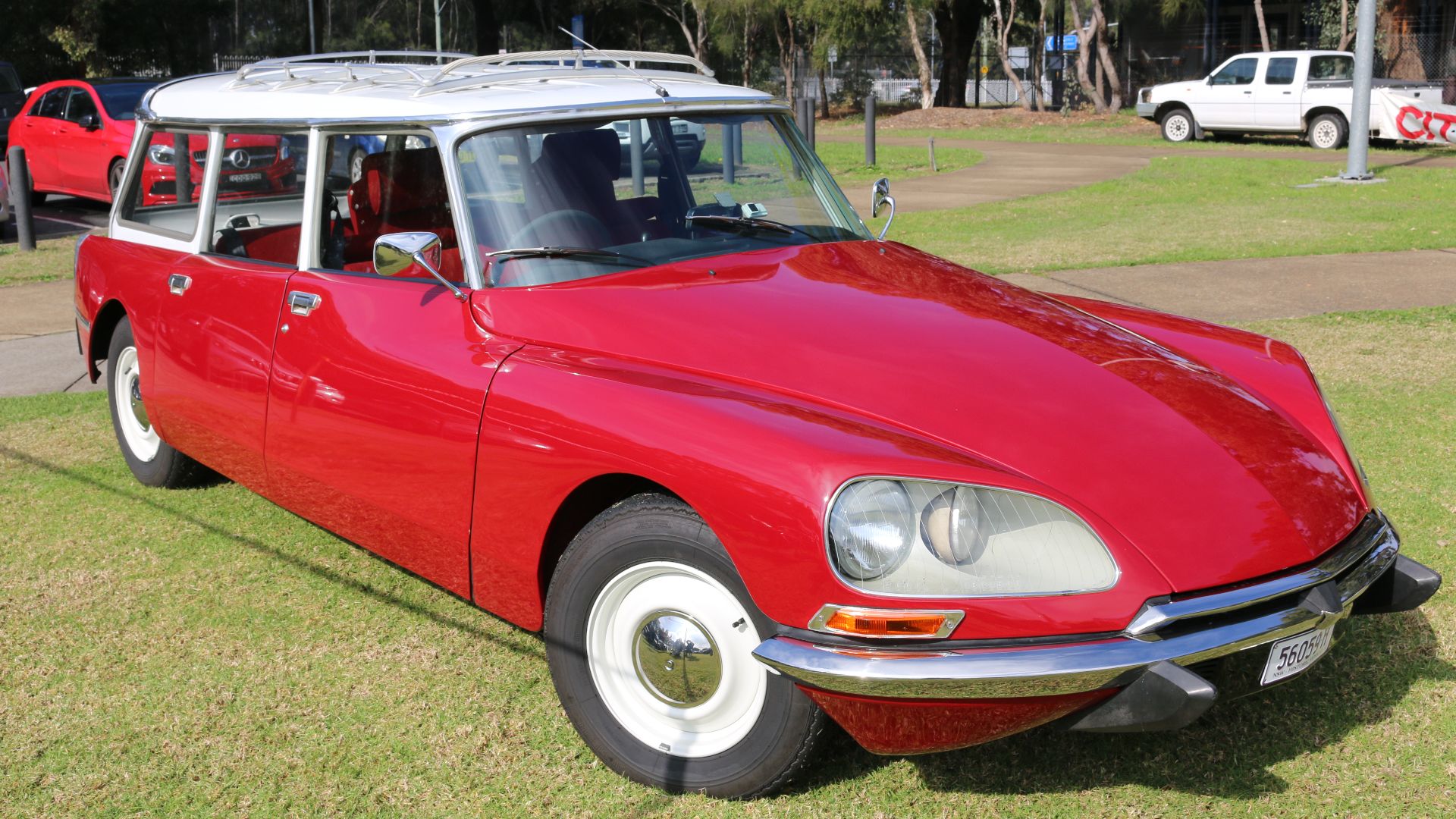 Jeremy from Sydney, Australia, Wikimedia Commons
Jeremy from Sydney, Australia, Wikimedia Commons
Jeep Wagoneer (1963–1991)
Luxury and ruggedness met in the Jeep Wagoneer, a trailblazer that blurred the lines between SUV and station wagon. Featuring wood grain panels and upscale interiors, it appealed to families who demanded both comfort and off-road capability. Its enduring design influenced generations of adventure-oriented vehicles that followed.
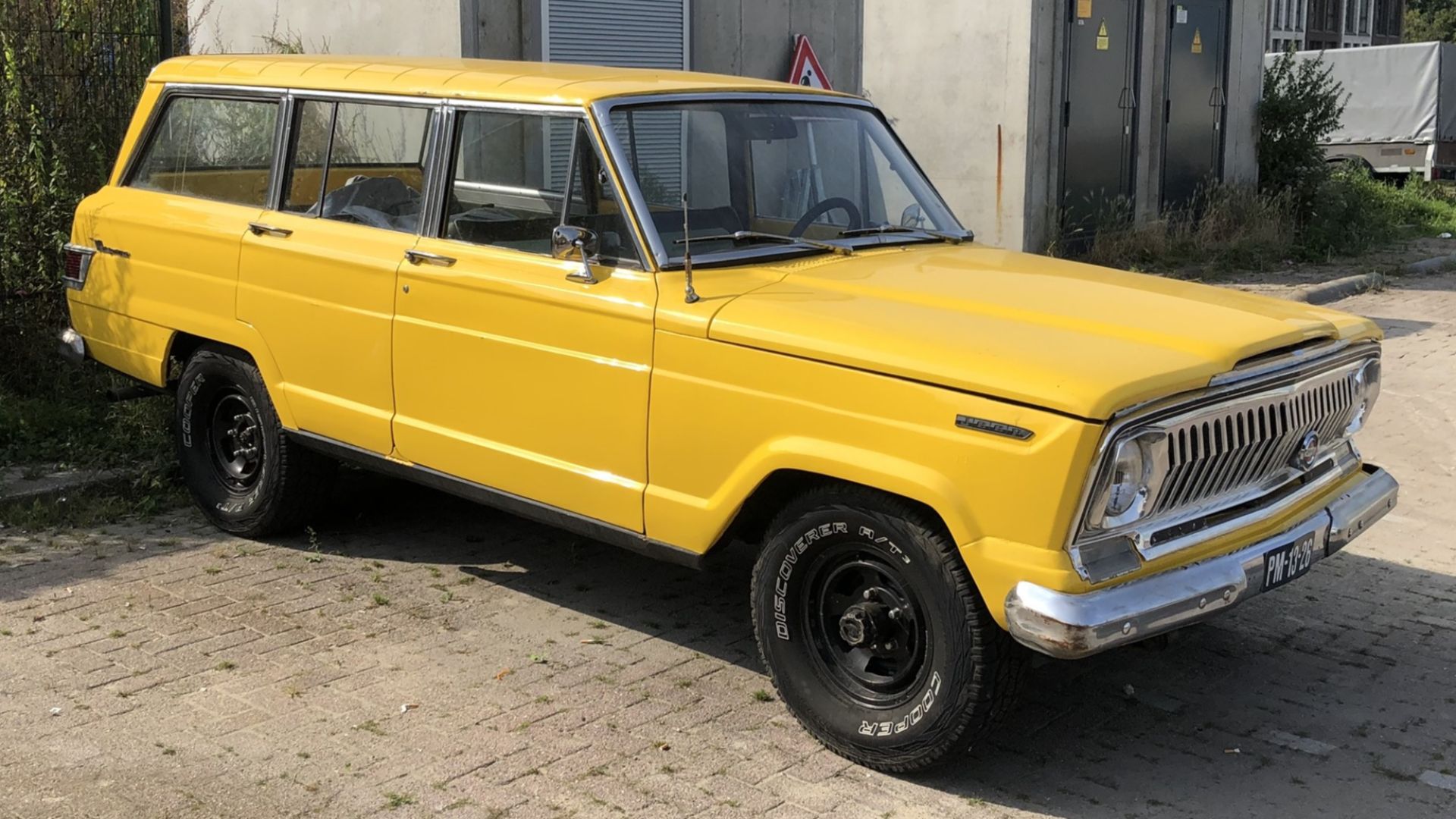 Vincent van Zeijst, Wikimedia Commons
Vincent van Zeijst, Wikimedia Commons
Ford Falcon Squire (1962–1970)
Positioned as a compact alternative to Ford’s full-size wagons, the Ford Falcon Squire delivered practicality without the bulk. Its simulated wood paneling and tidy proportions gave it suburban charm, while six-cylinder and optional V8 engines provided reliable performance. Lightweight construction made it fuel-efficient and easy to handle, especially in urban settings.
Peugeot 504 Break (1970–1983)
Globally respected for its resilience, the Peugeot 504 Break earned a reputation for conquering harsh climates and long distances. Independent suspension and rear-wheel drive ensured a balanced ride, while diesel variants offered remarkable economy. Widely used in Africa and Europe, it stands as a symbol of practicality and global adaptability.

